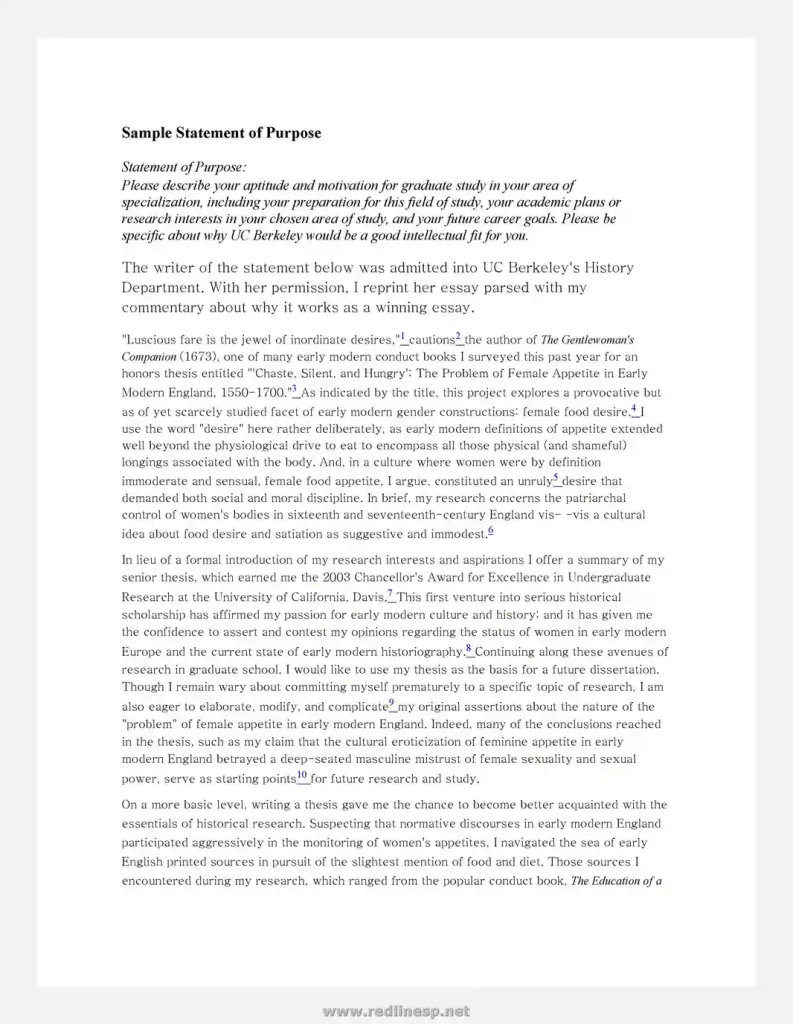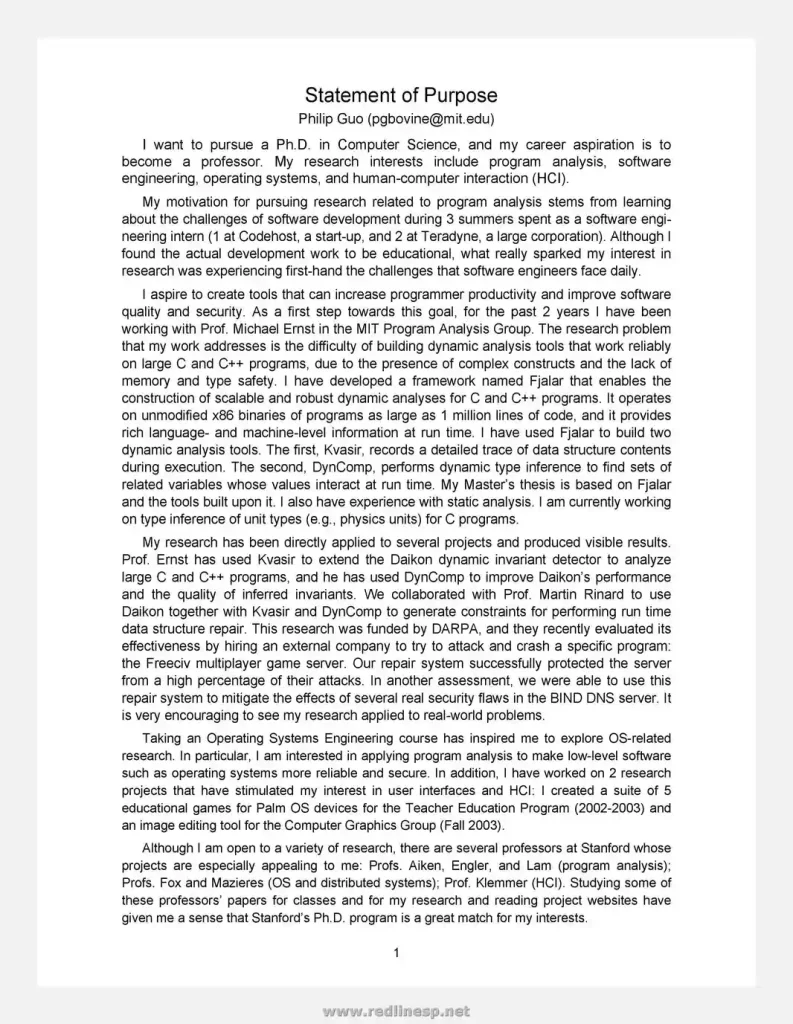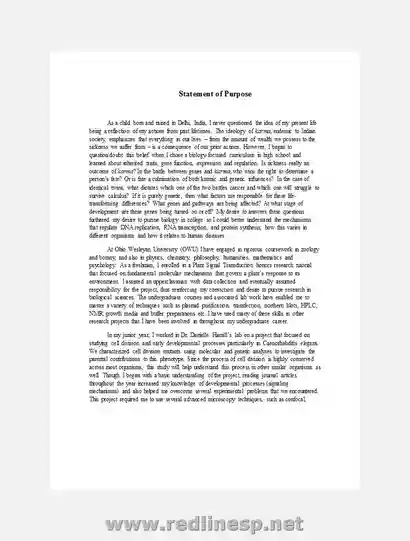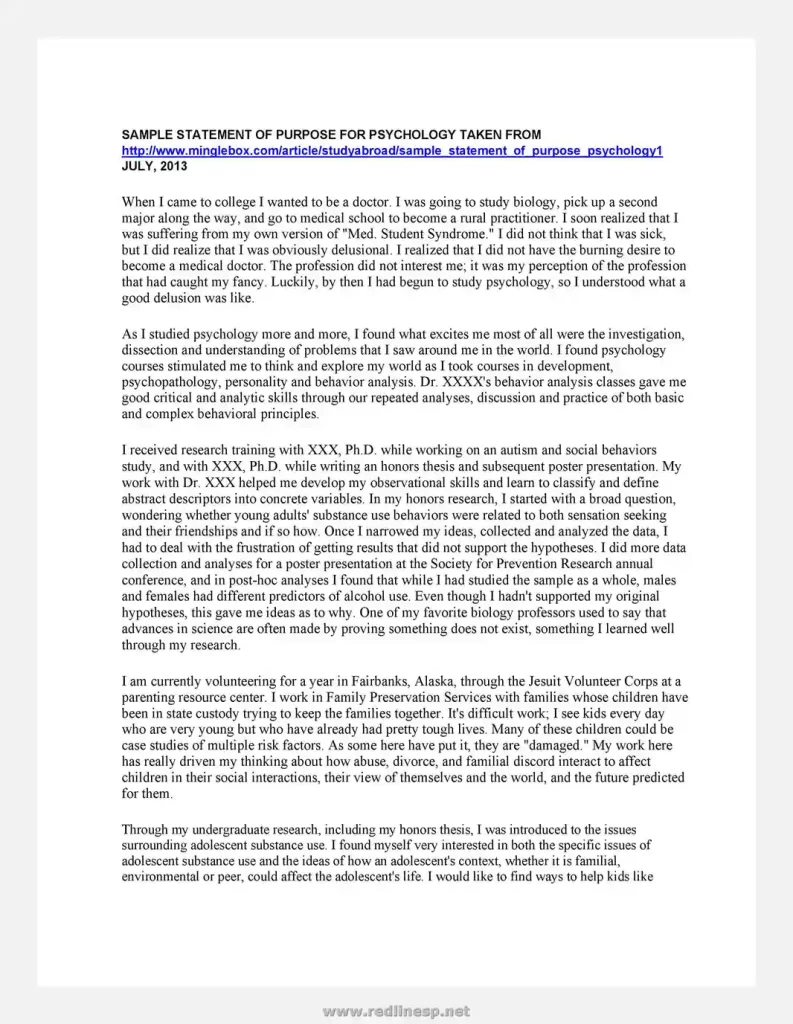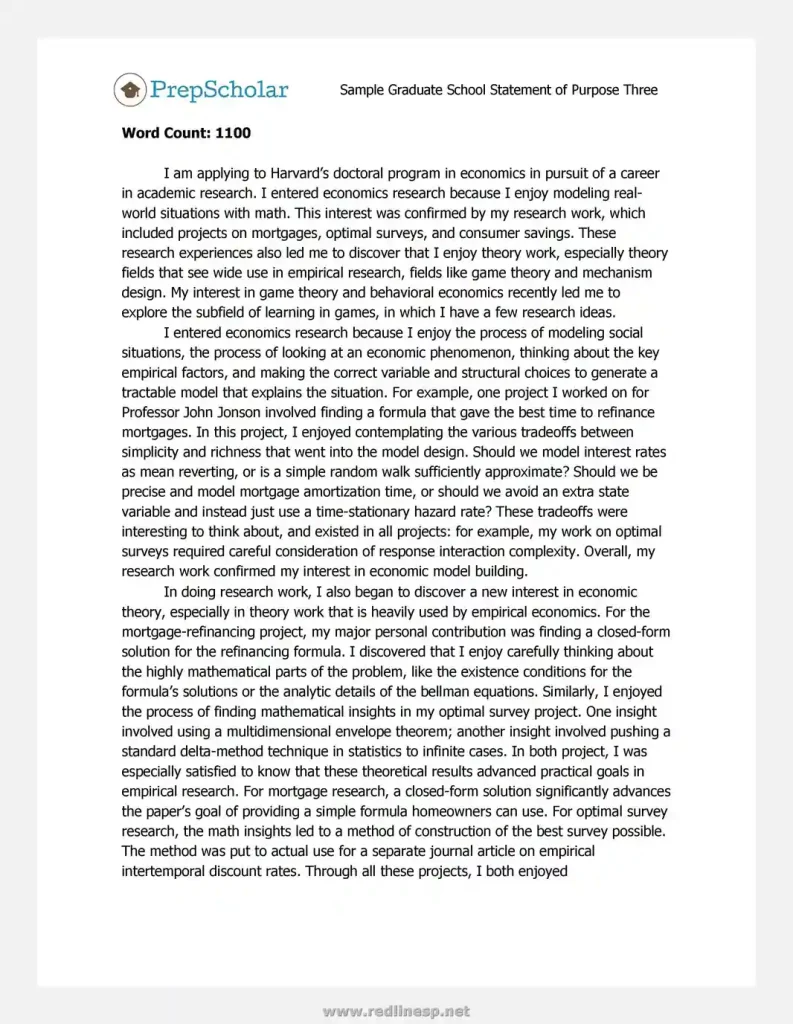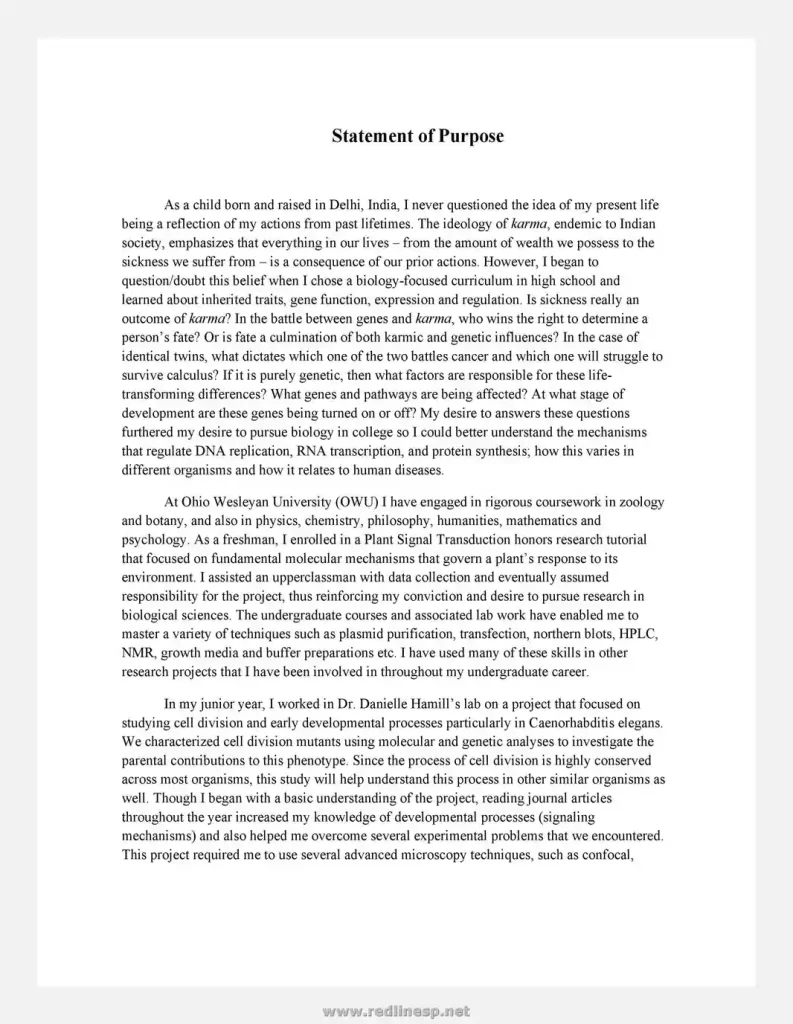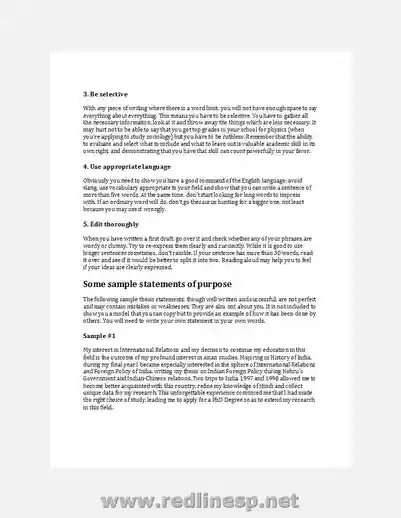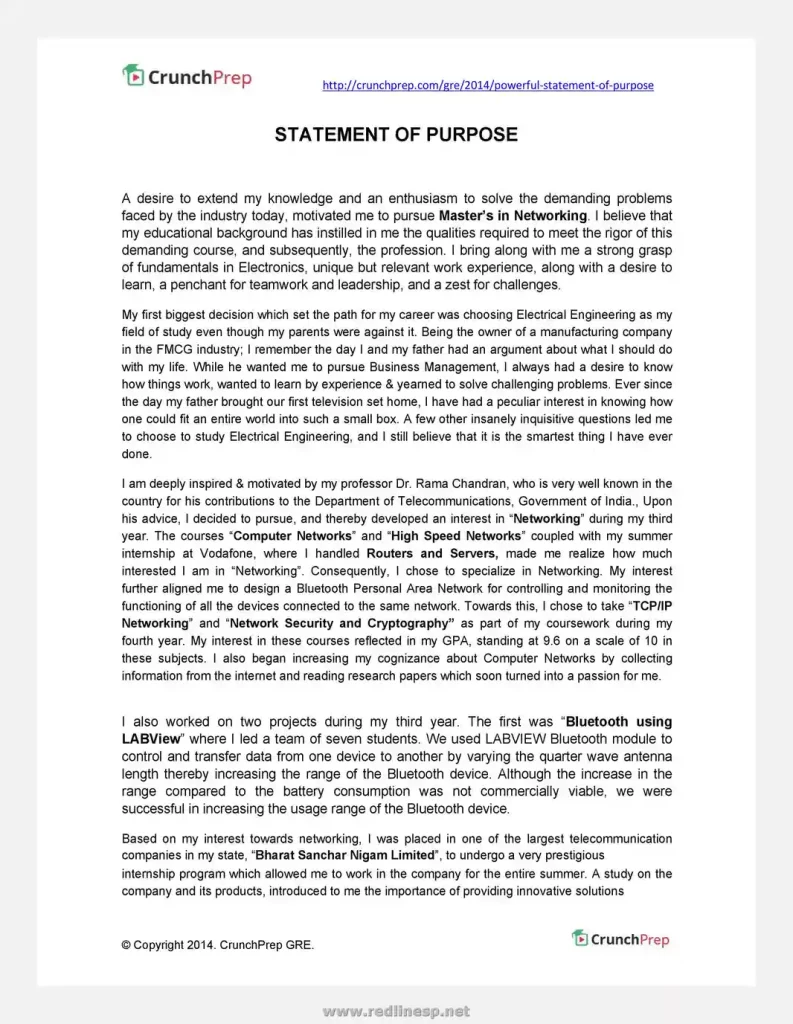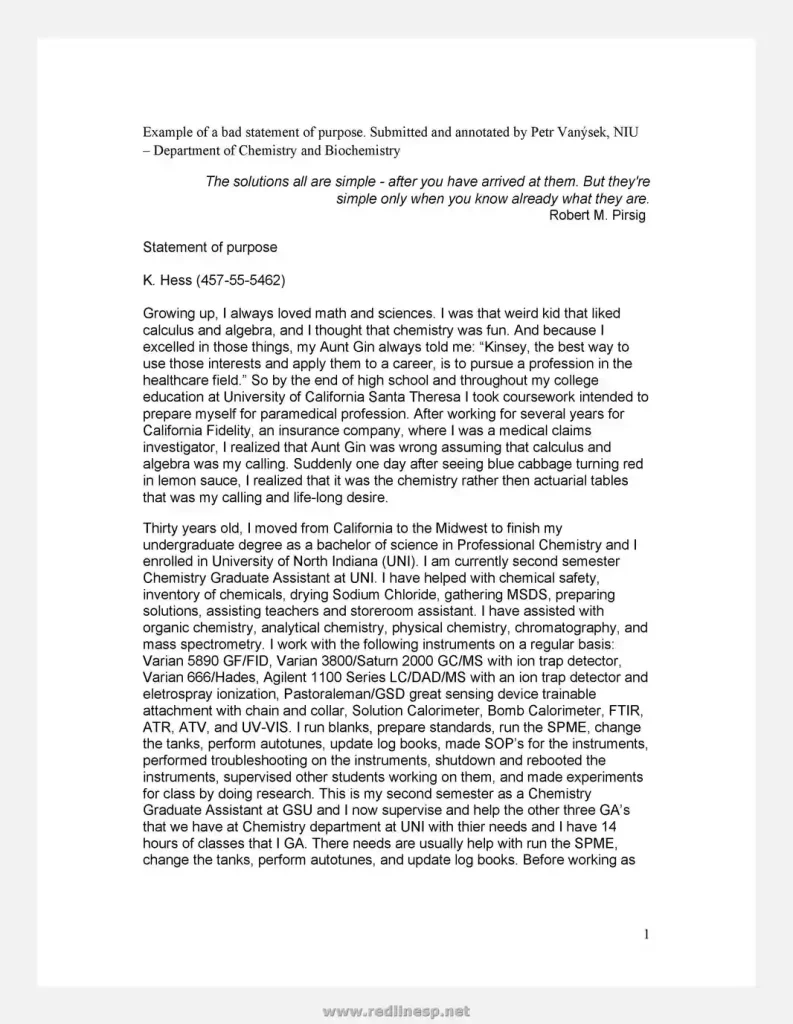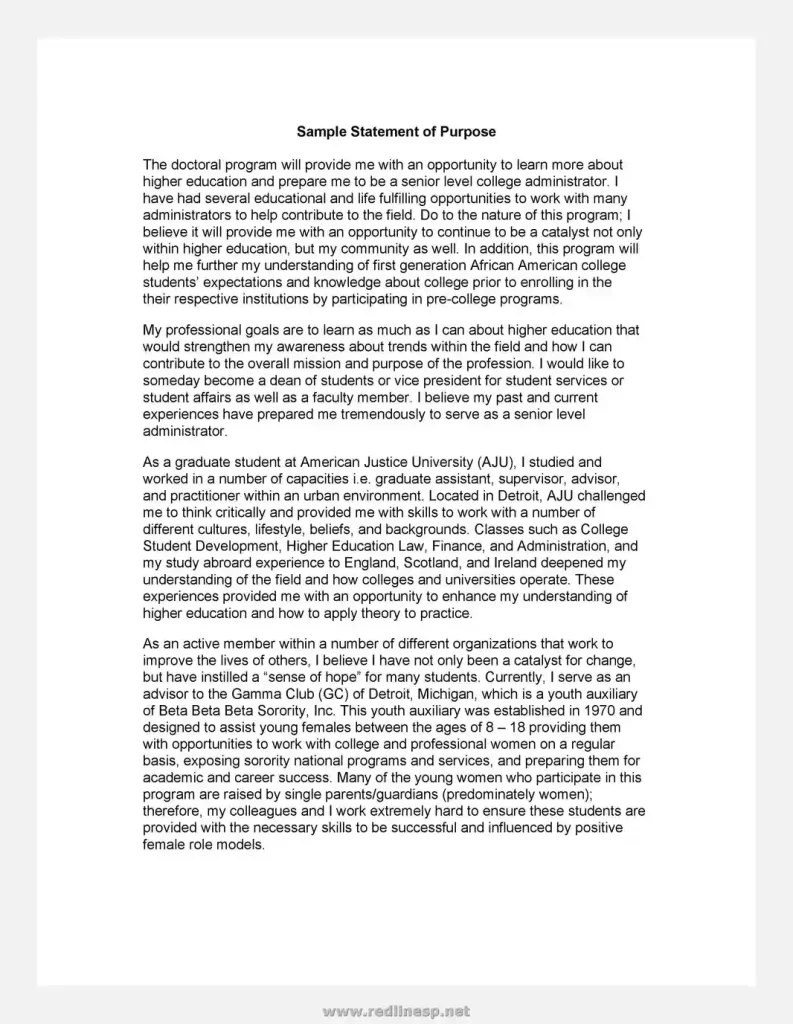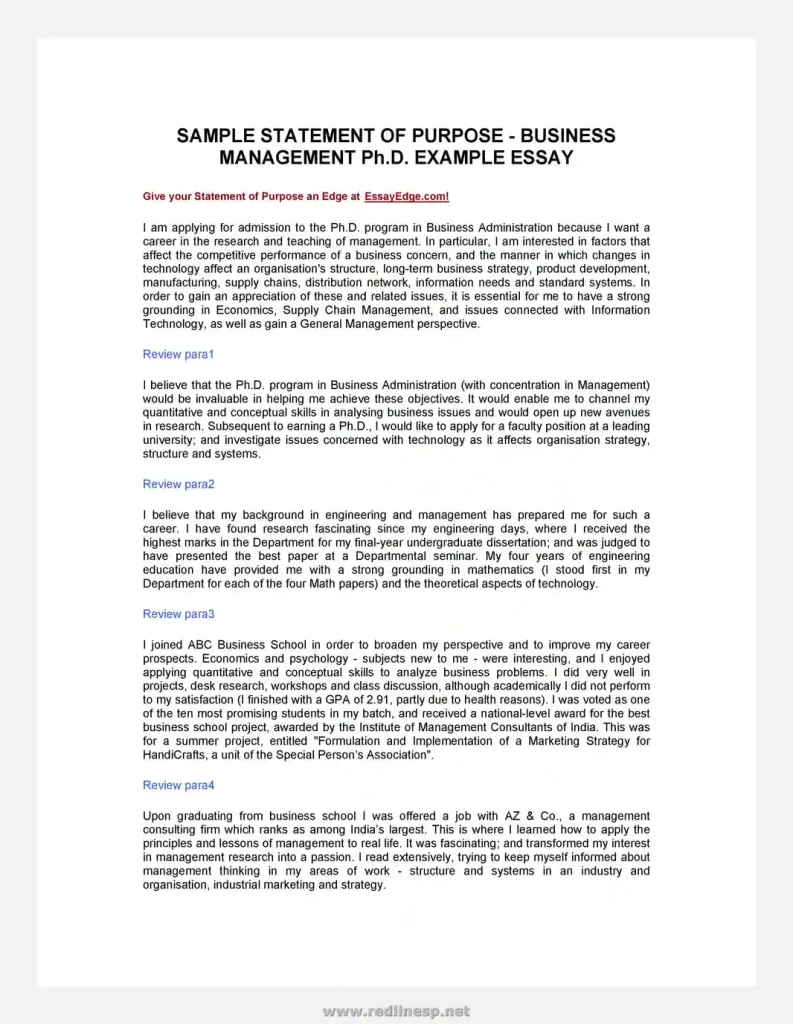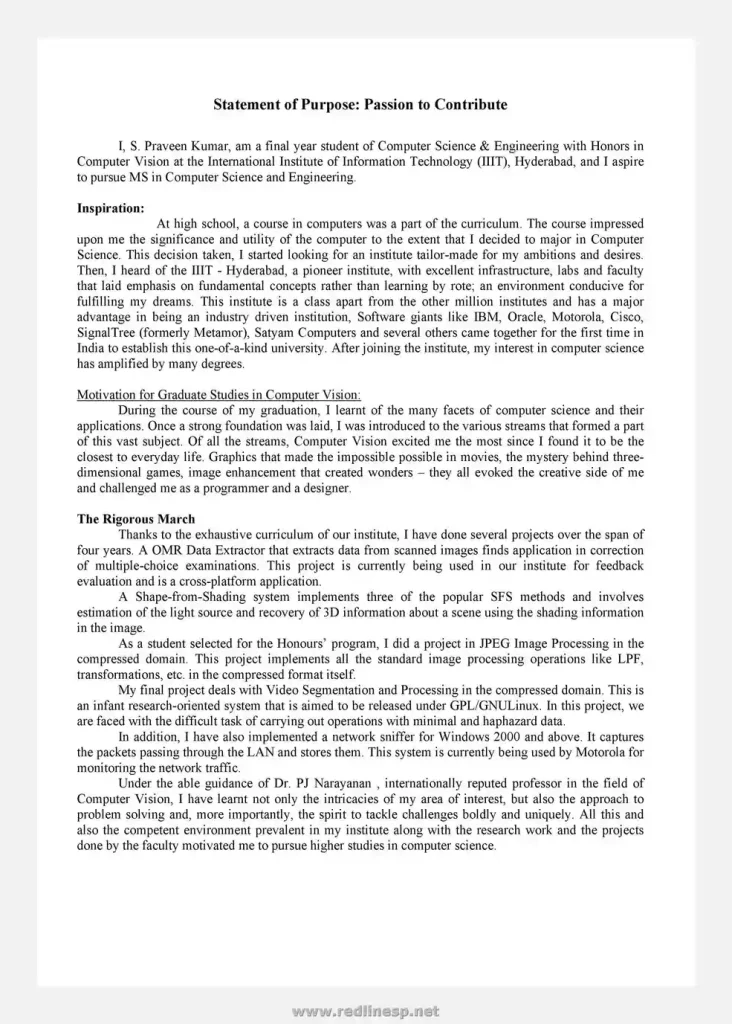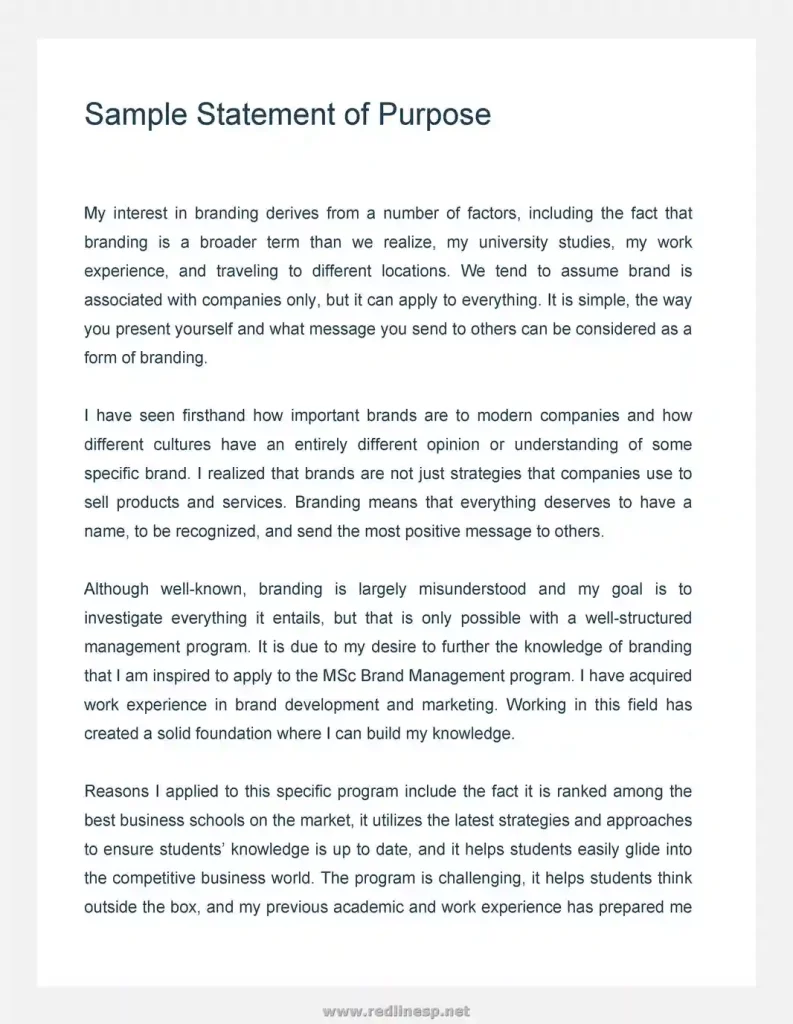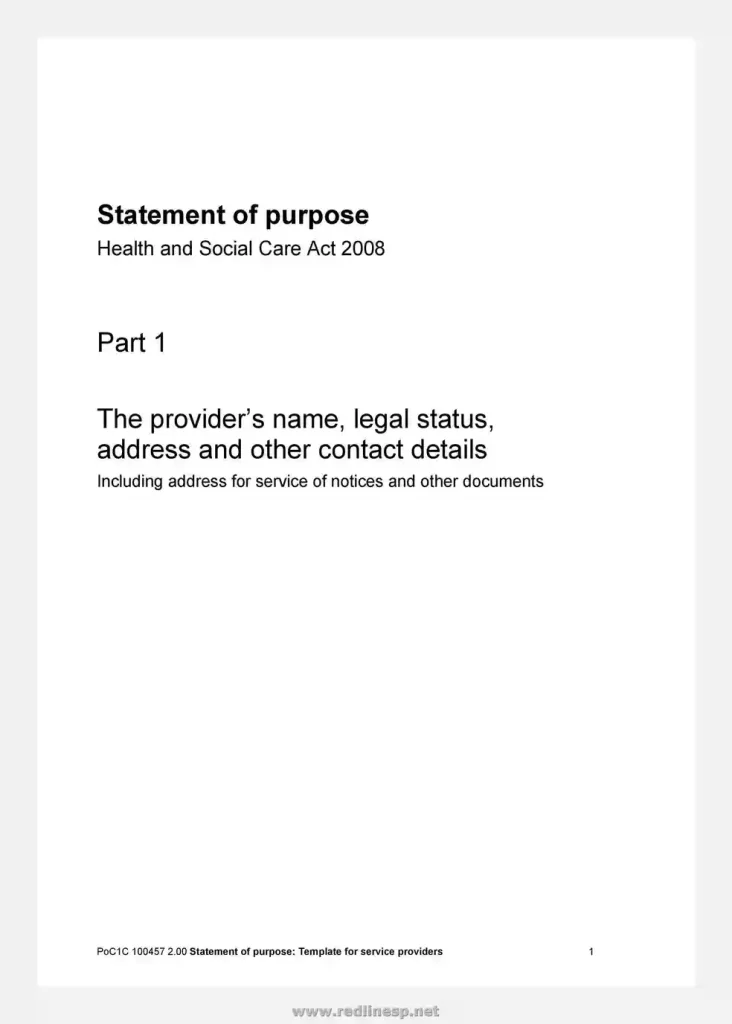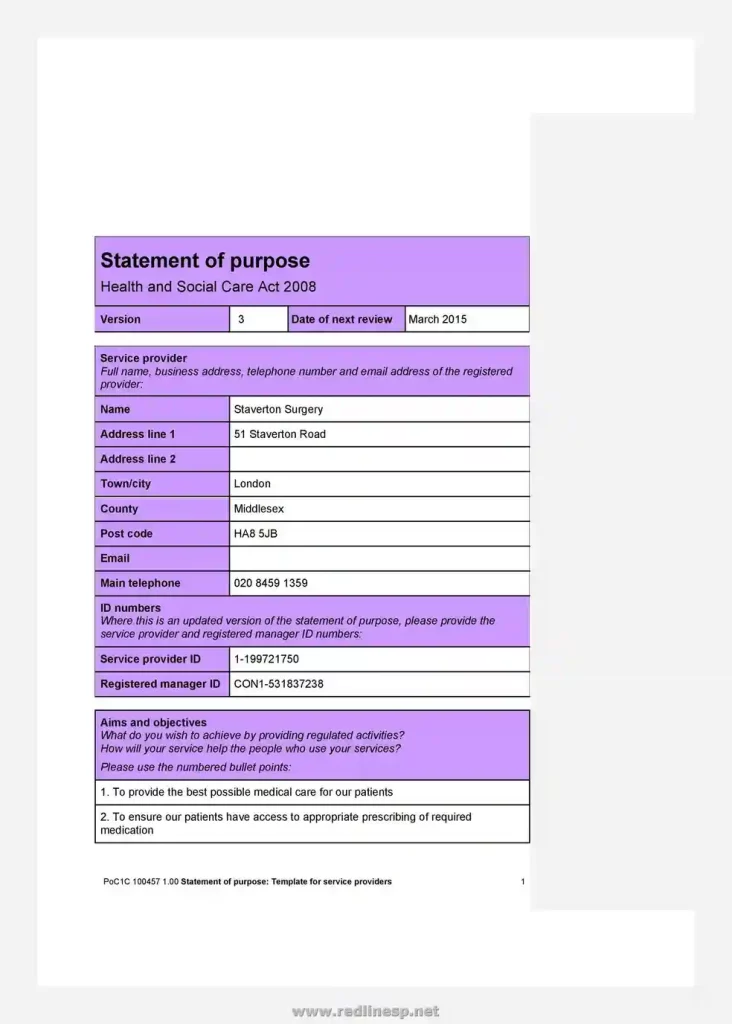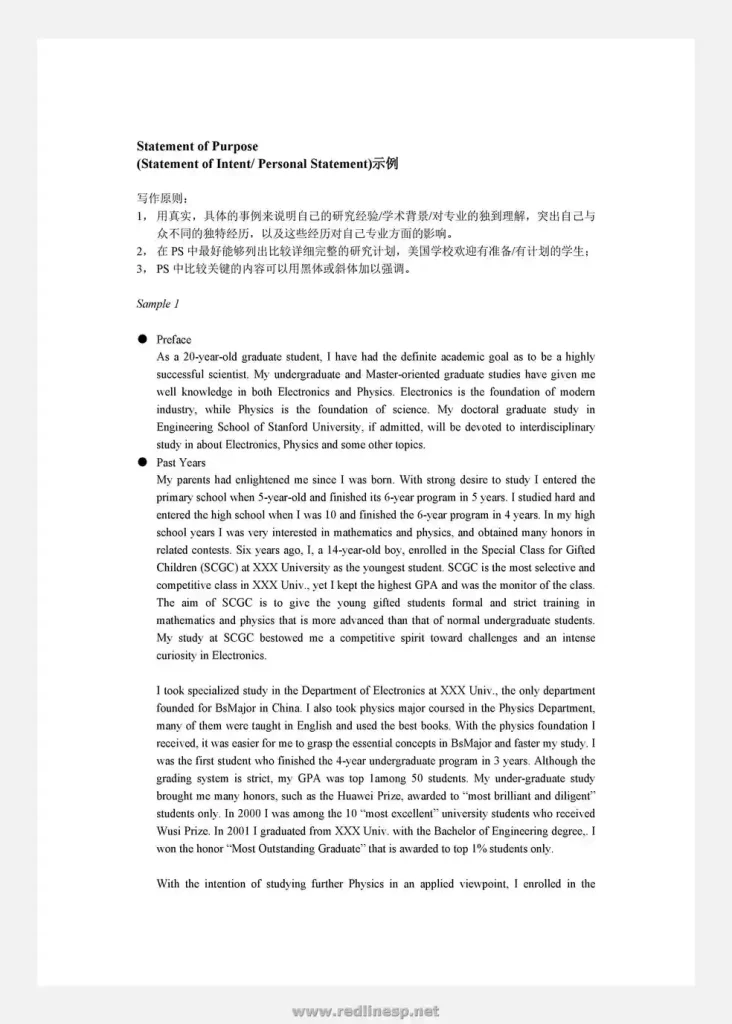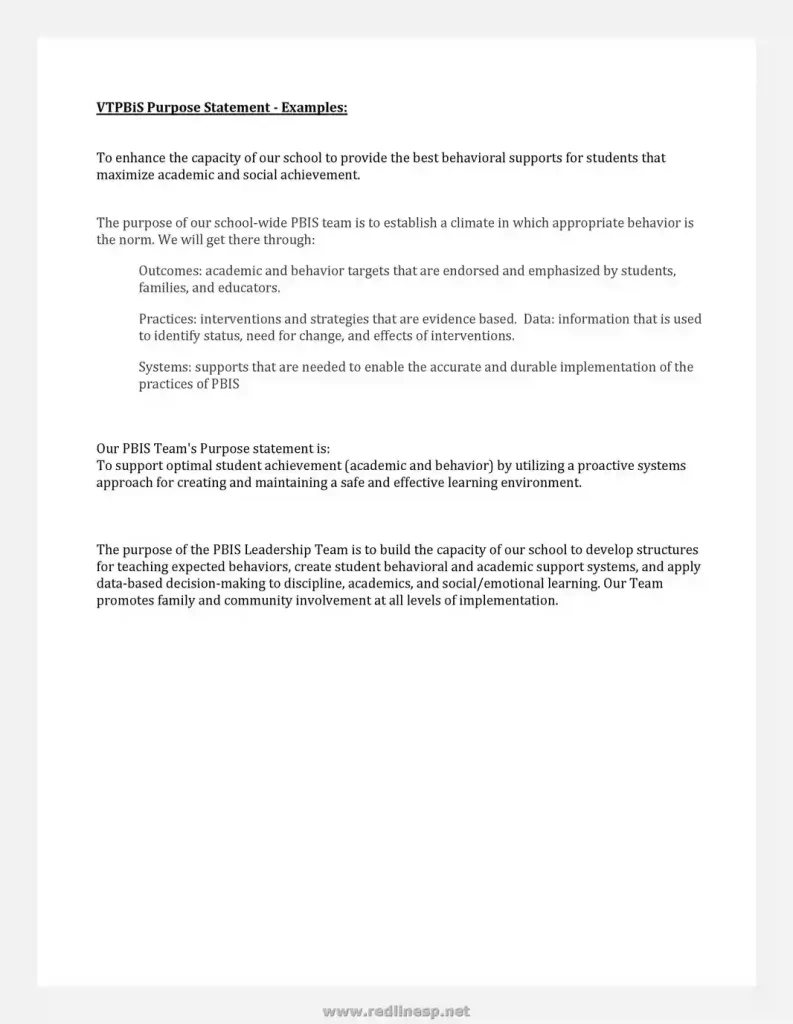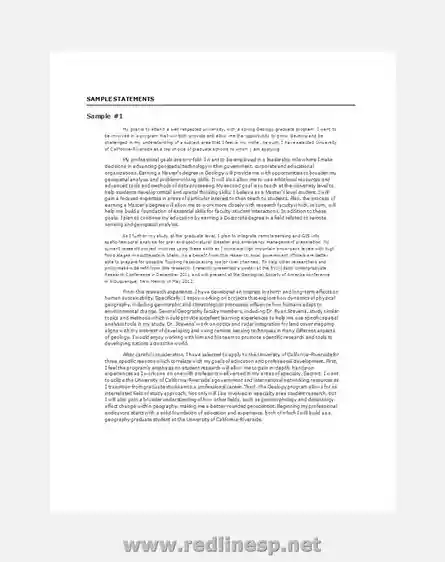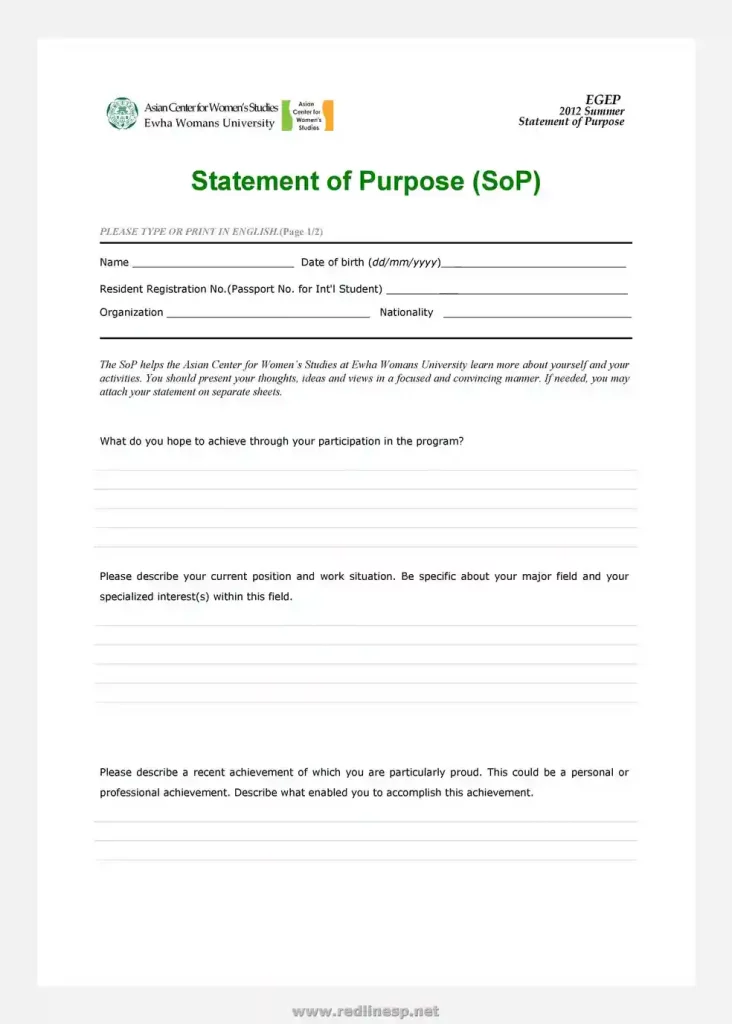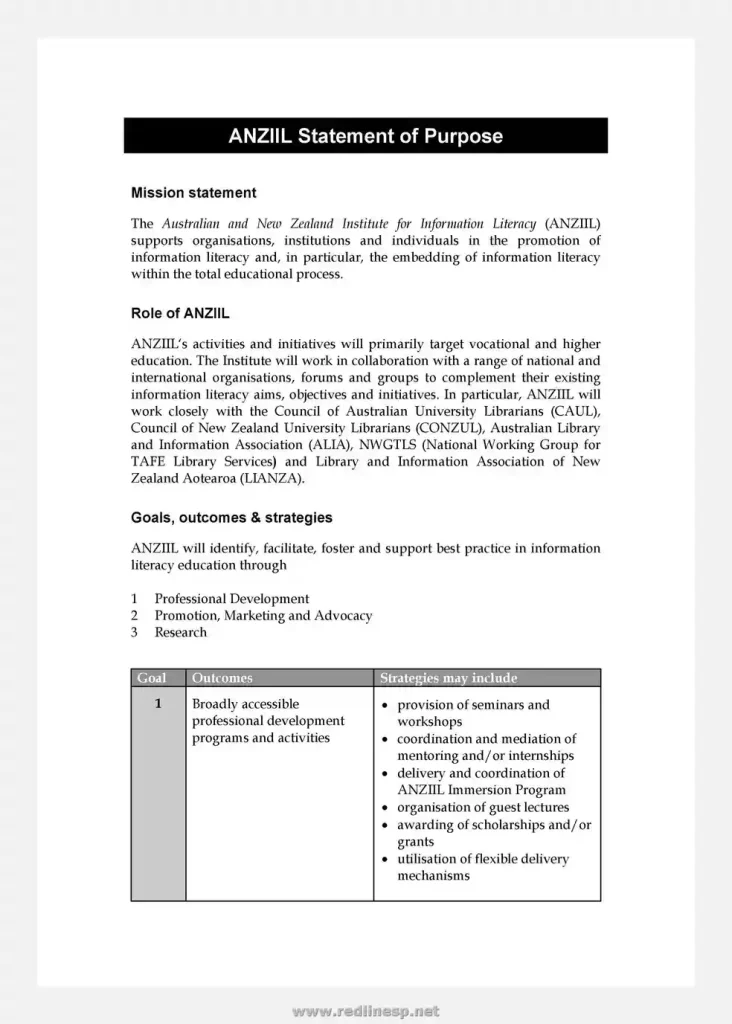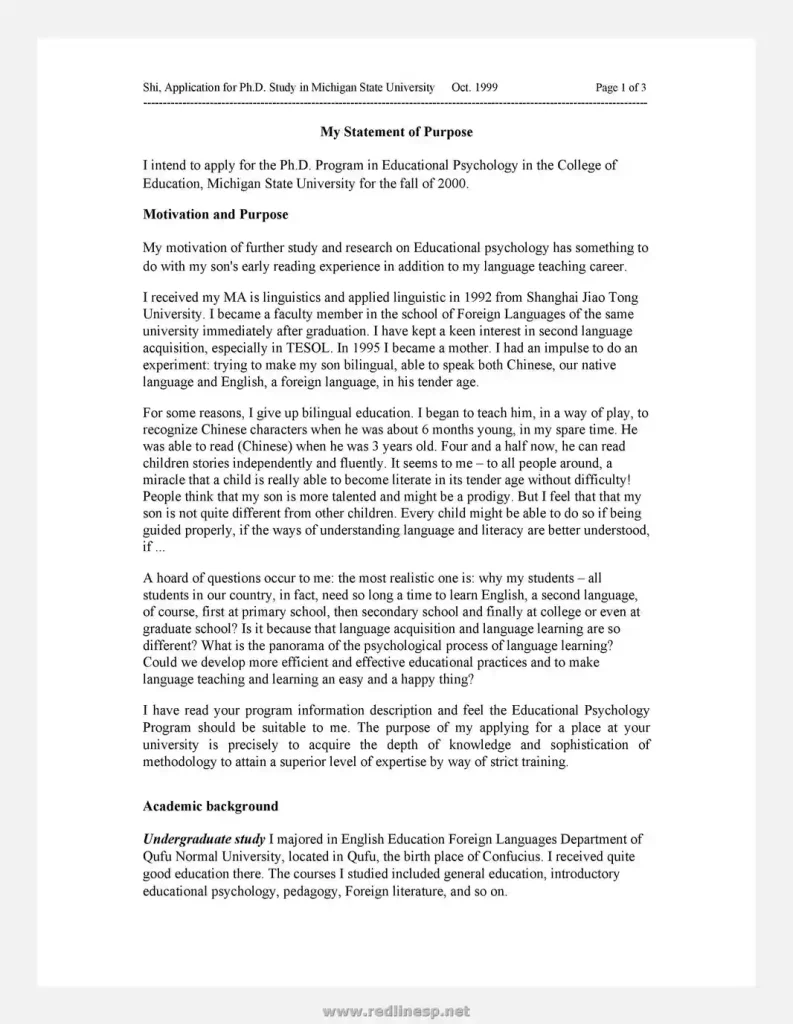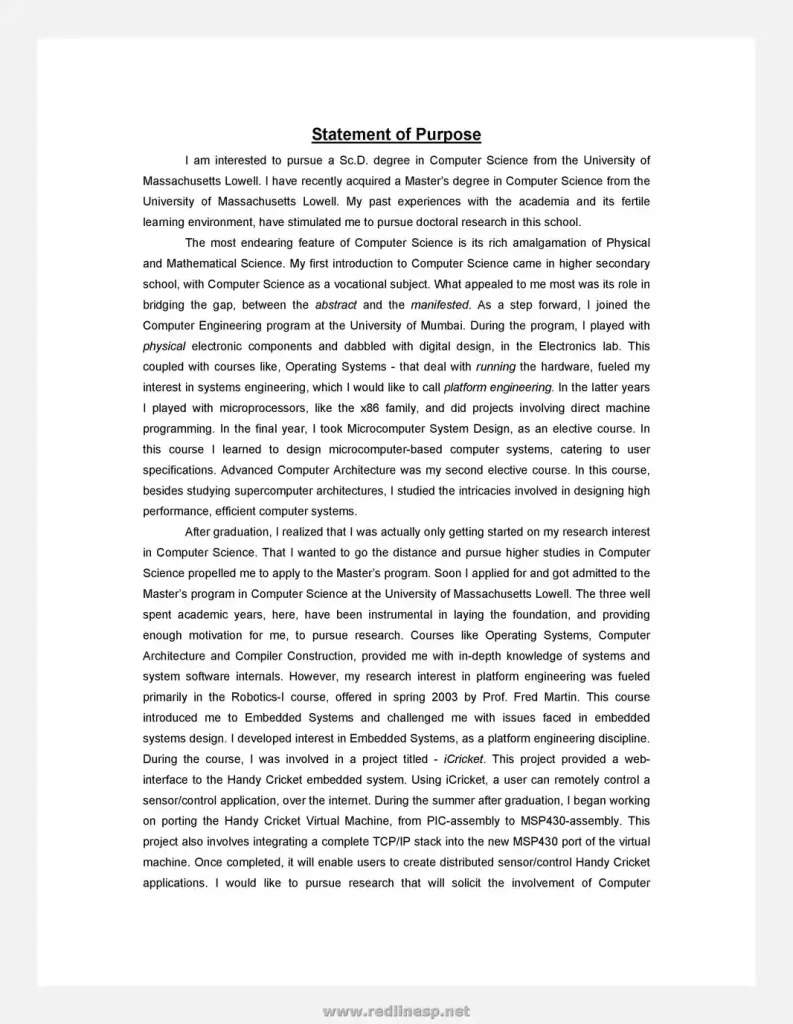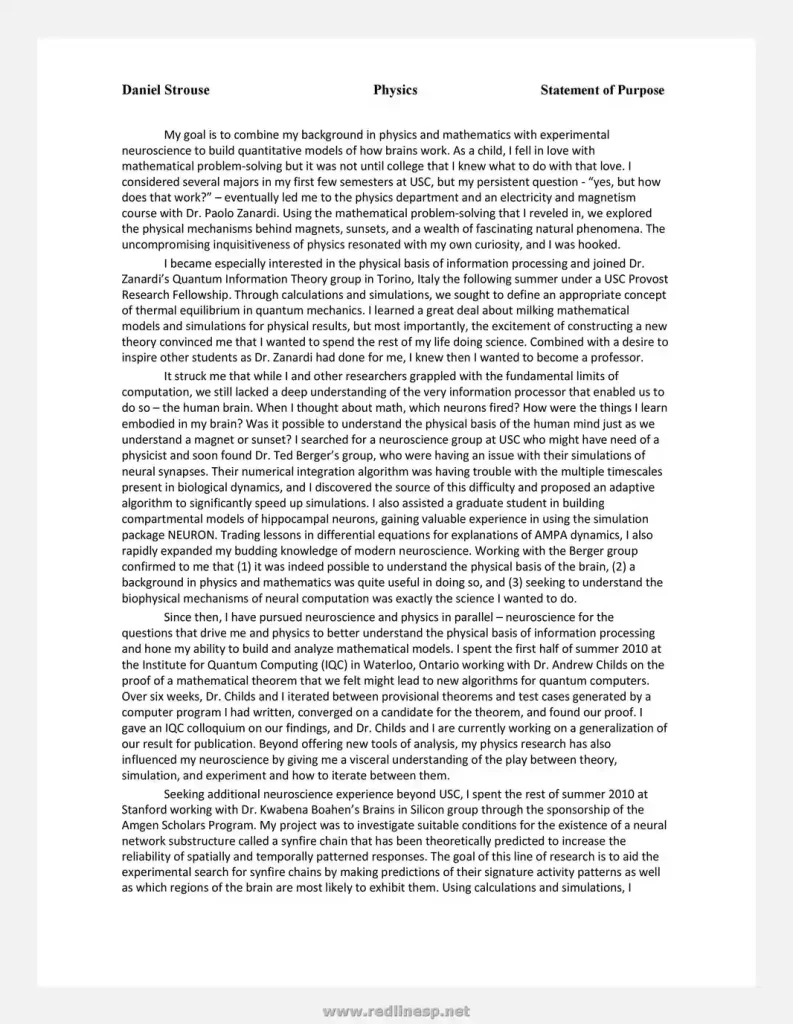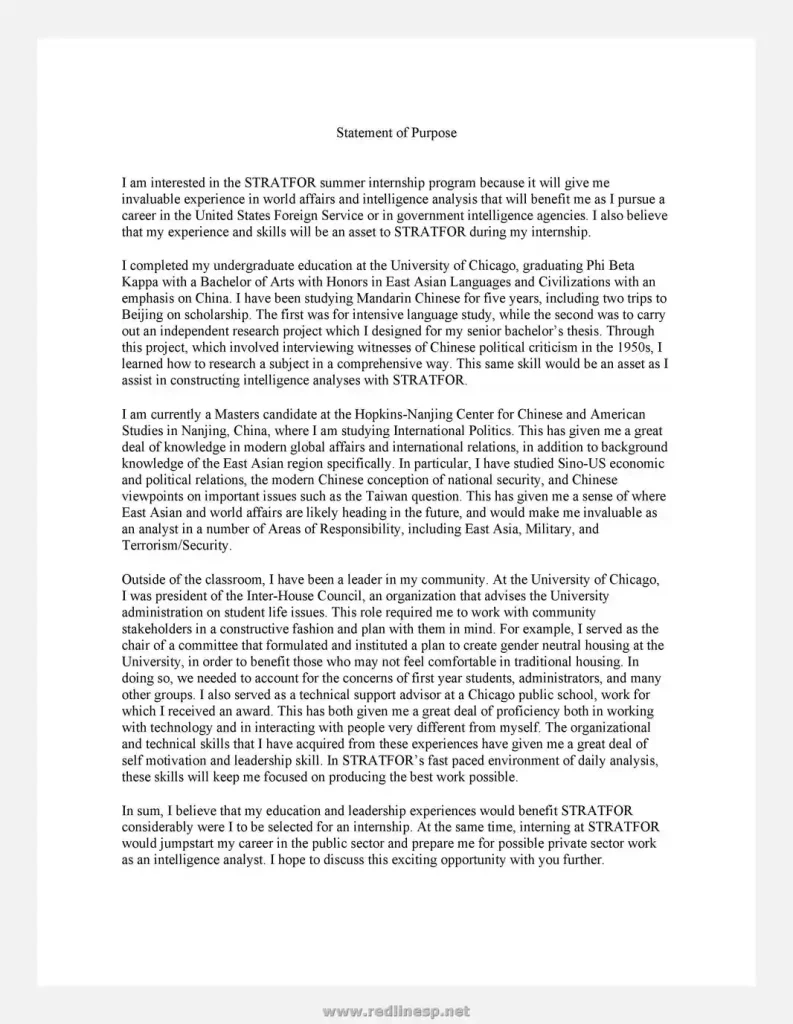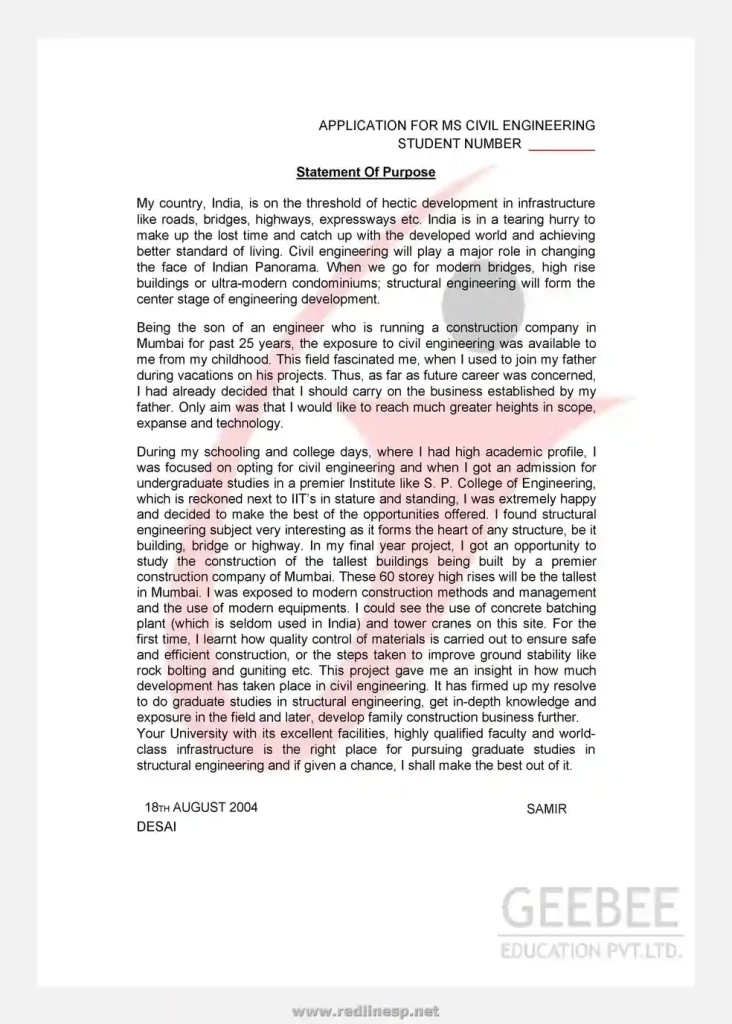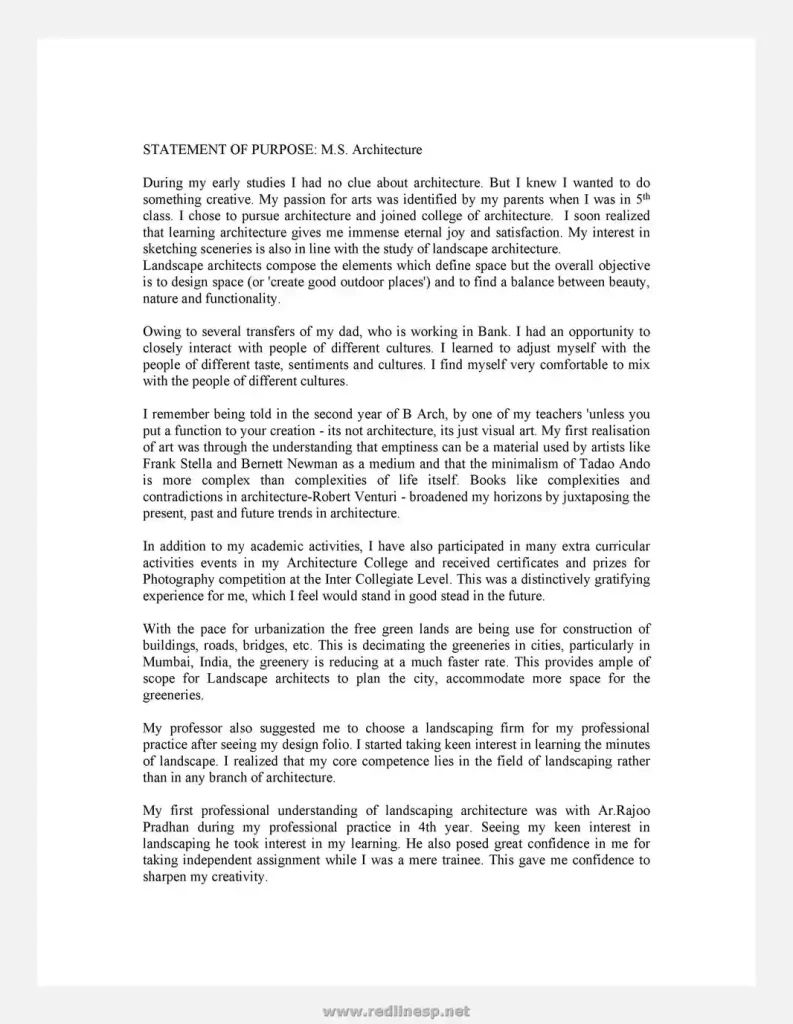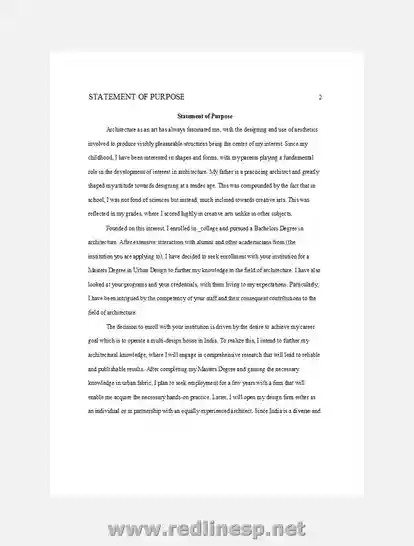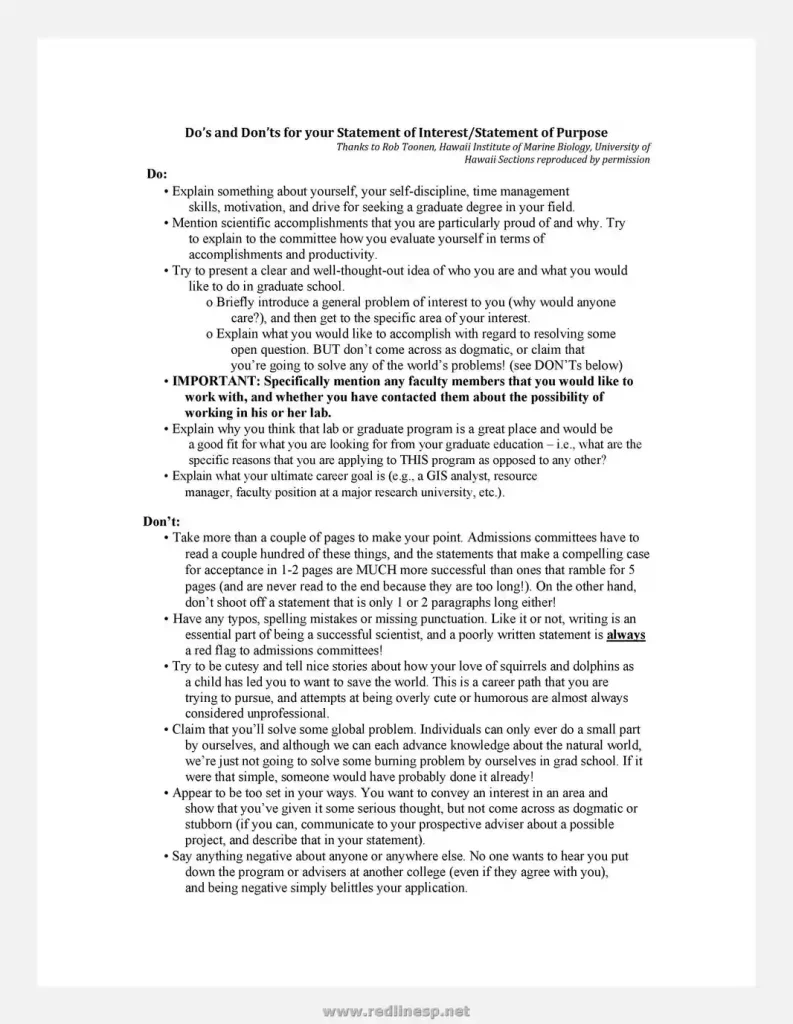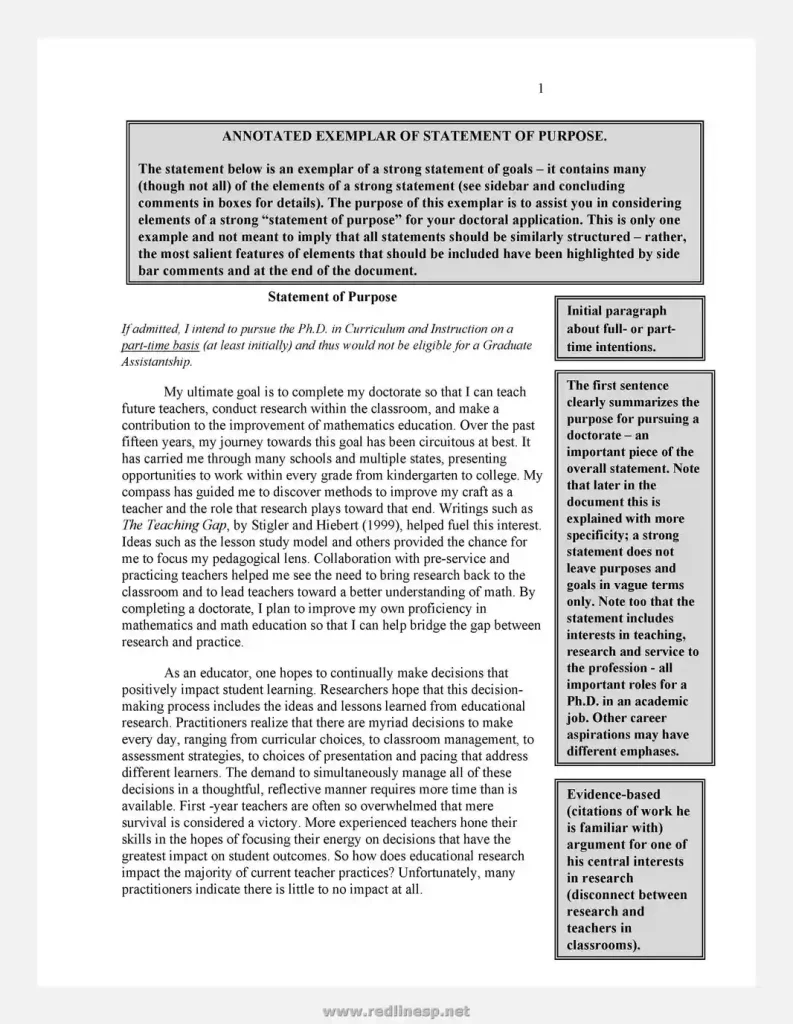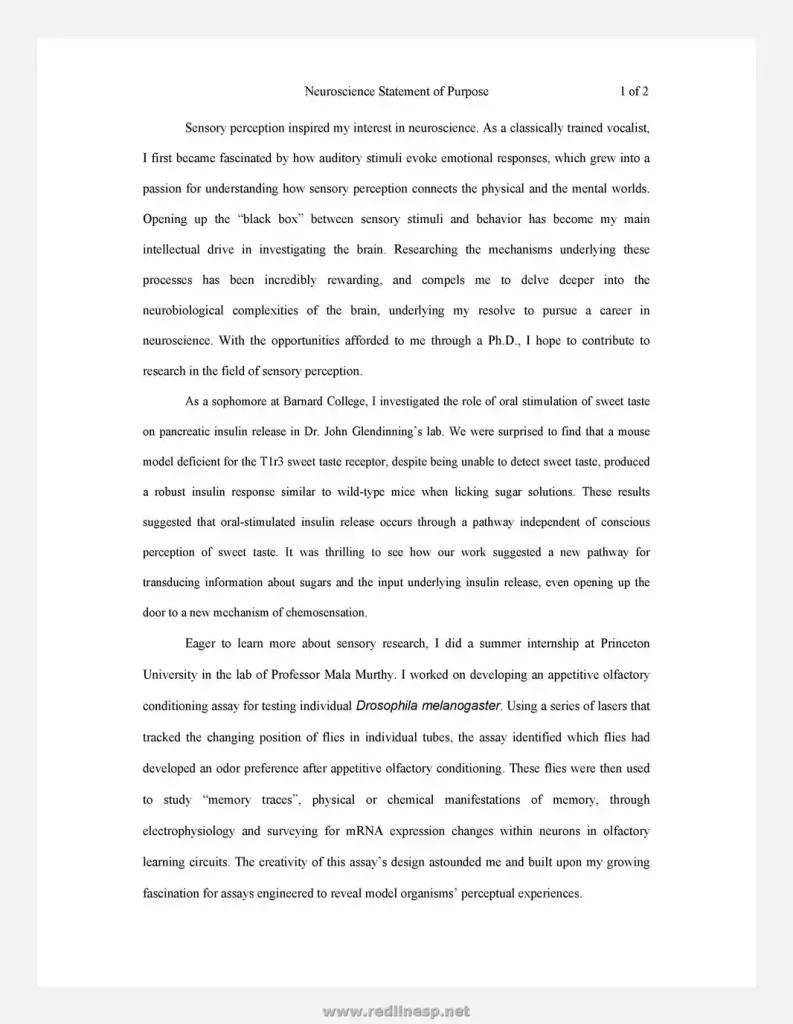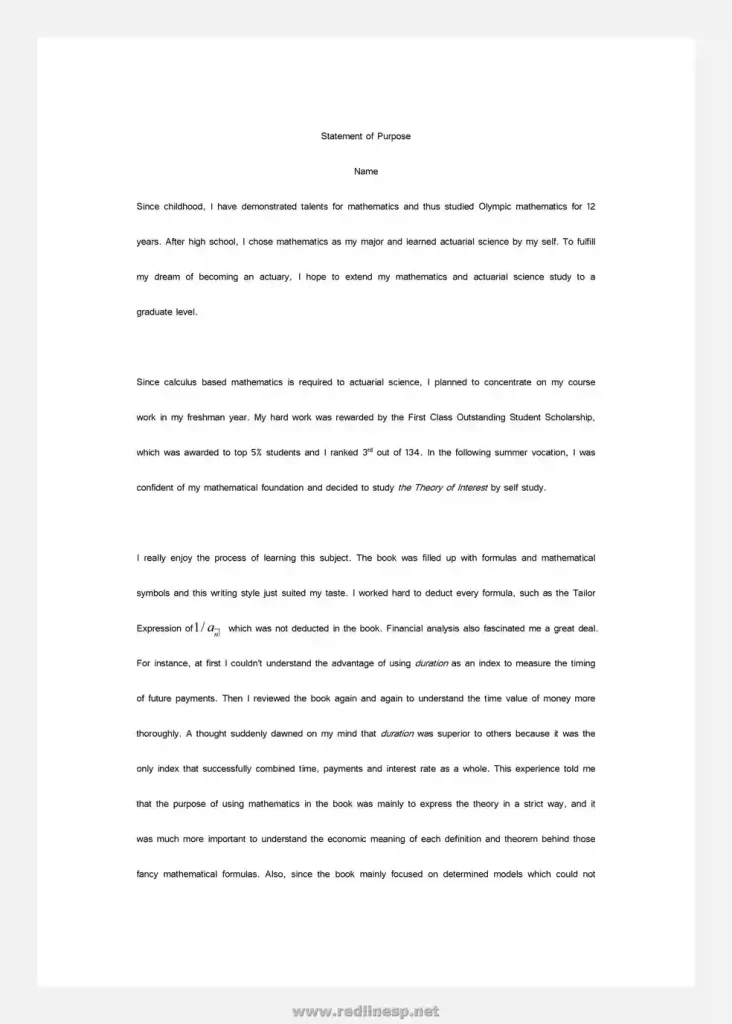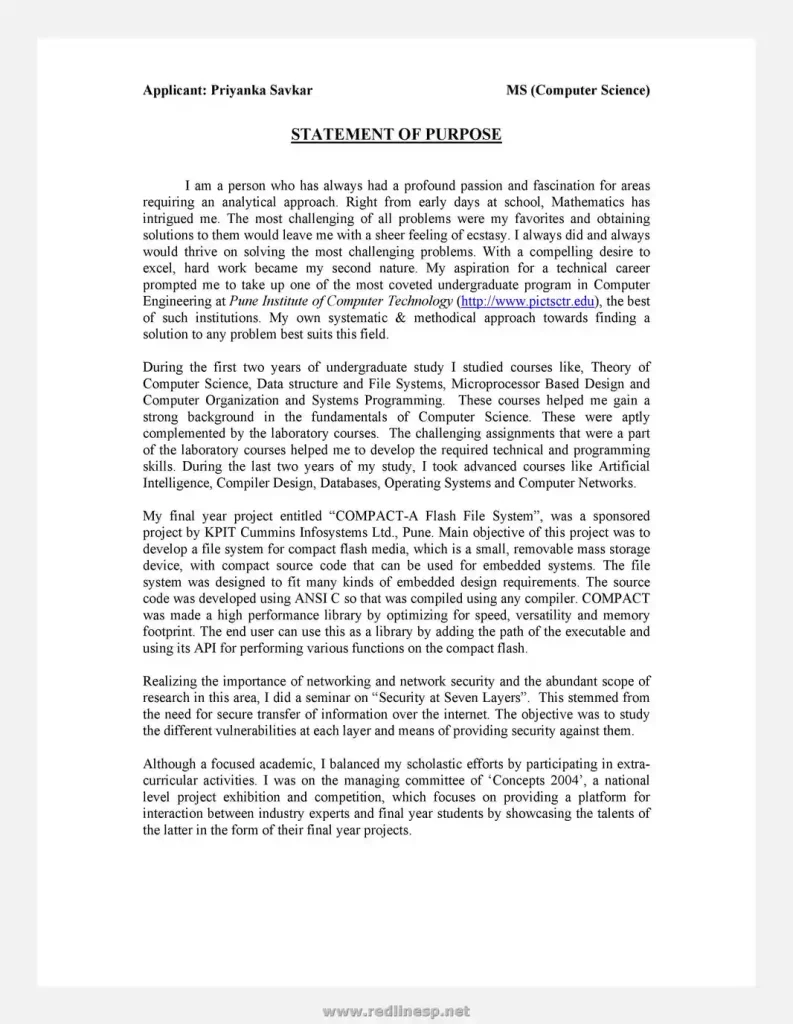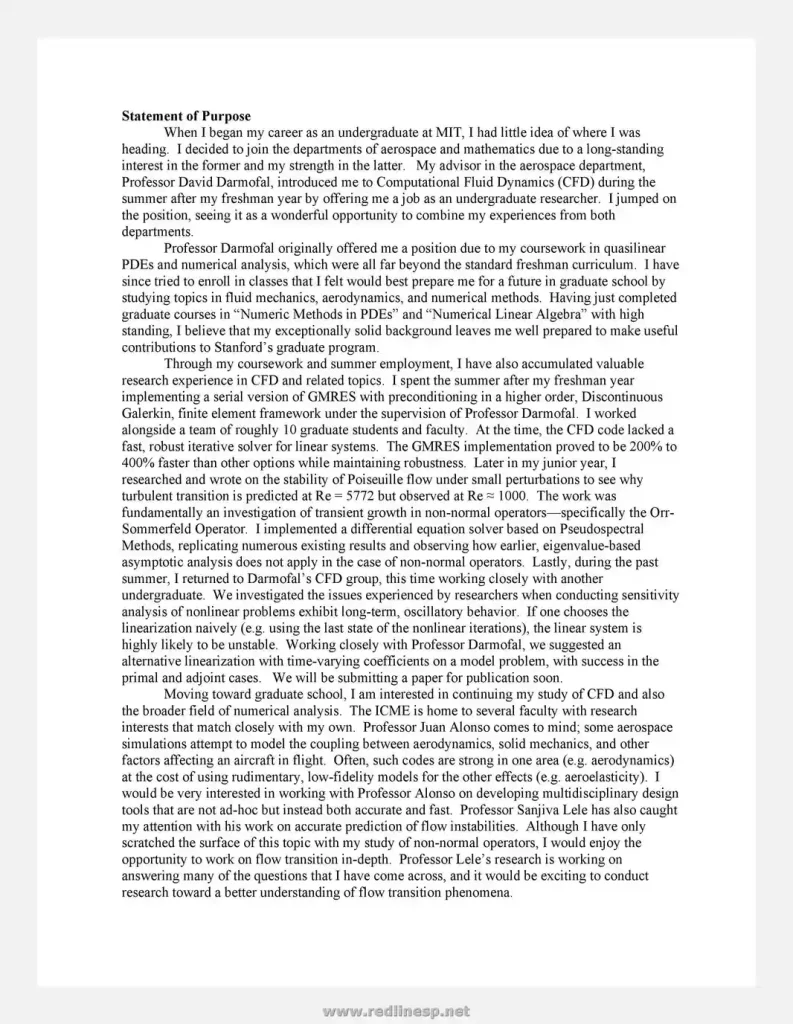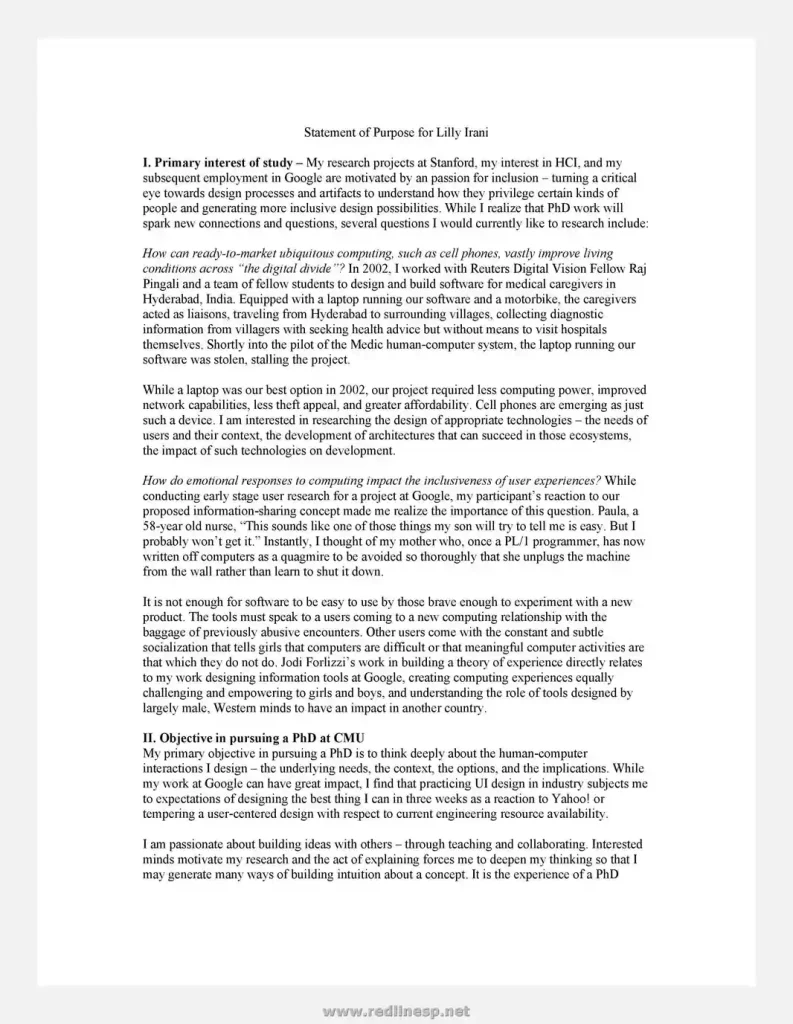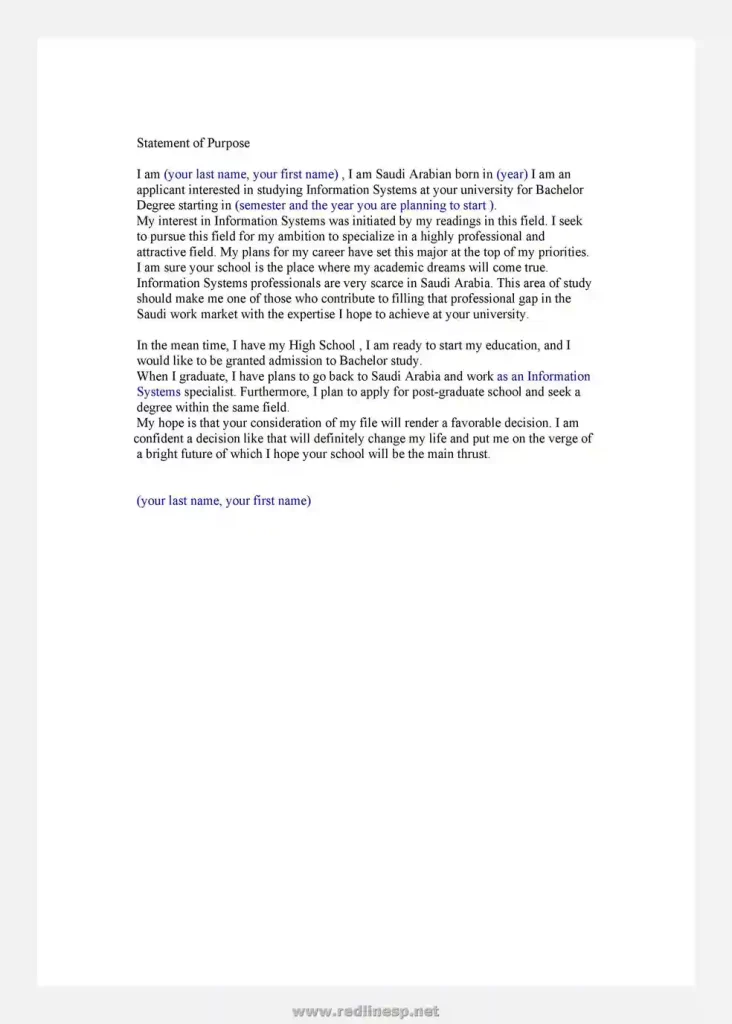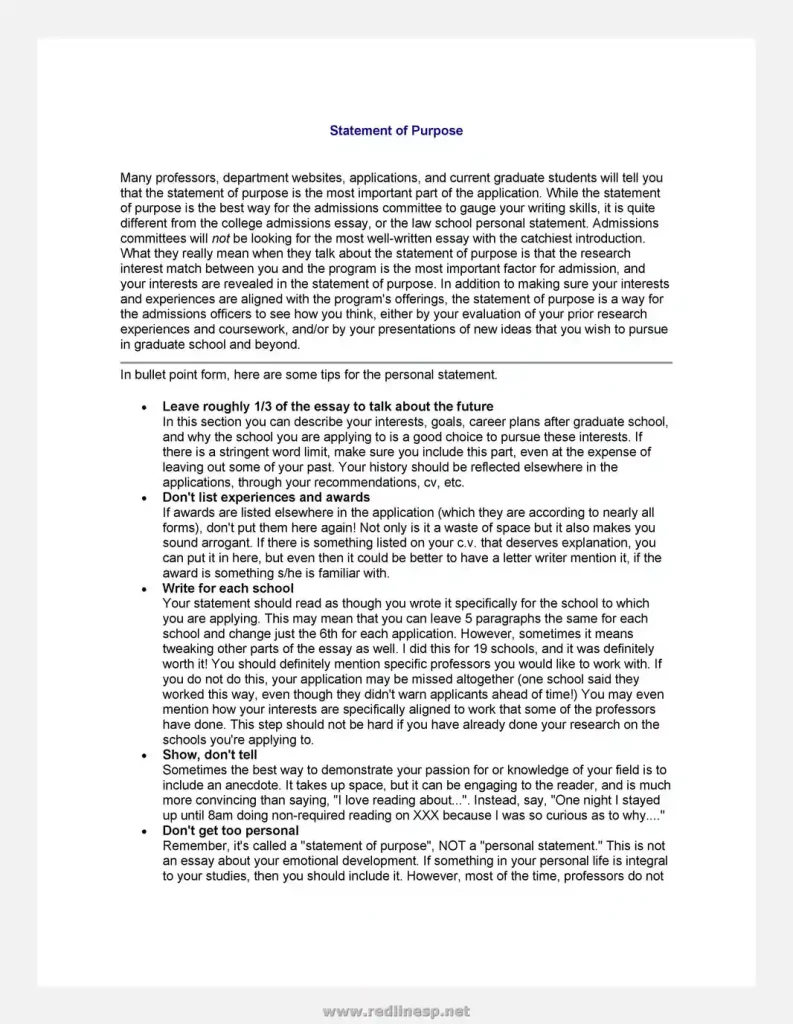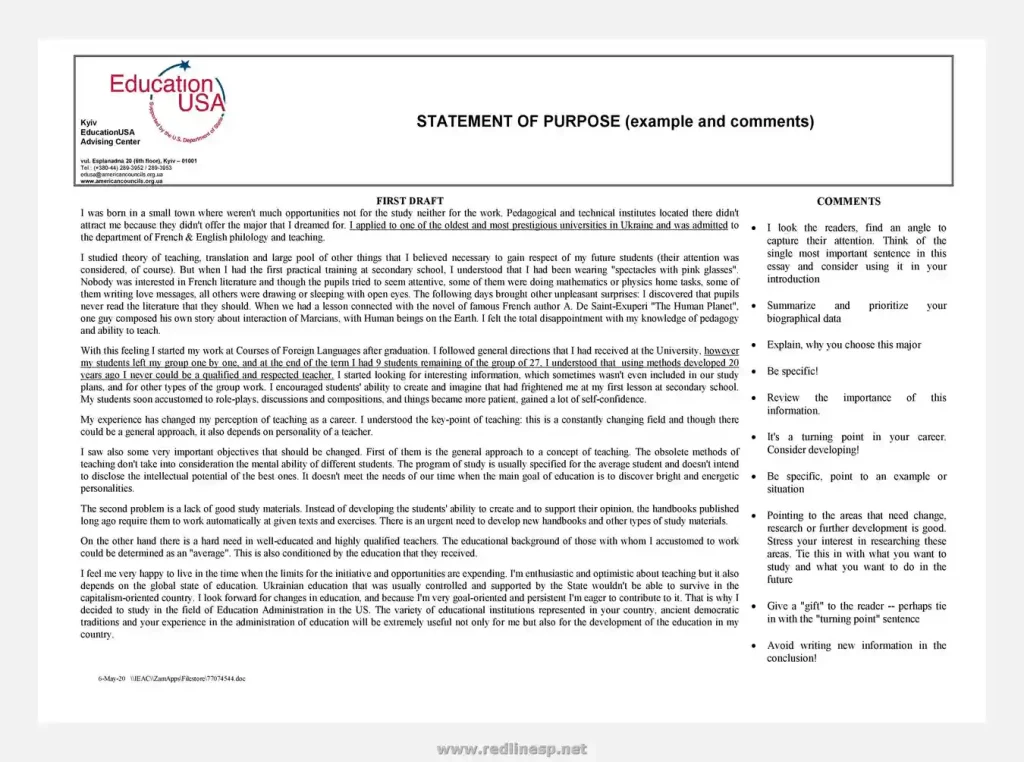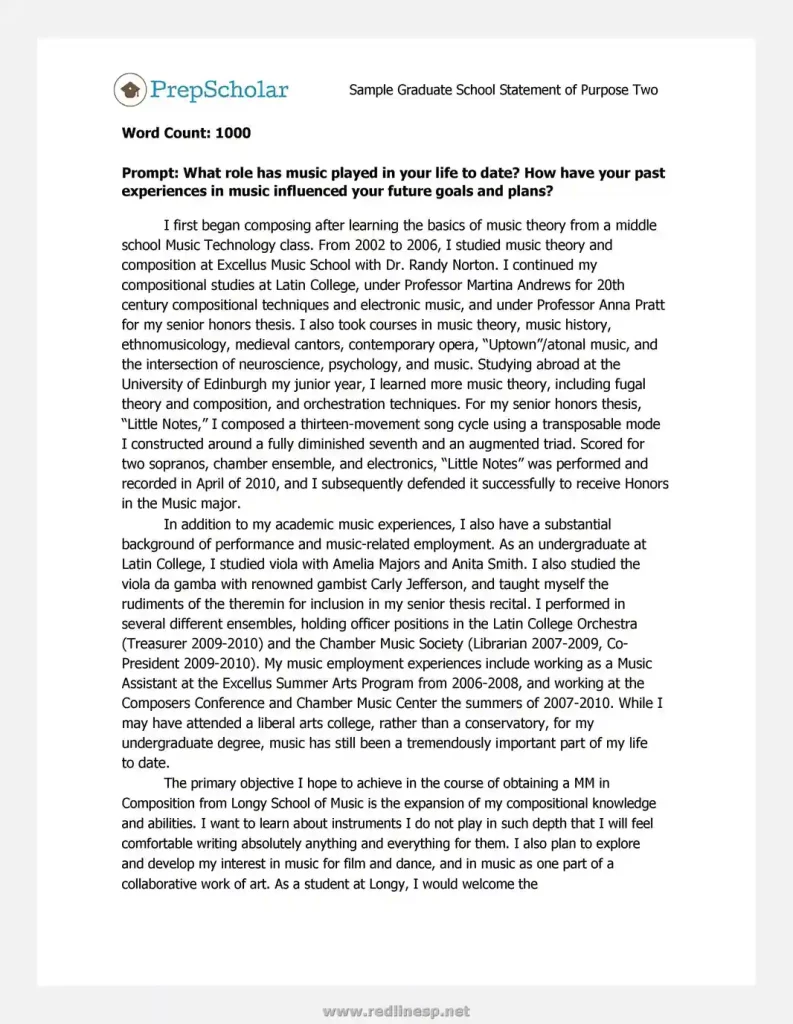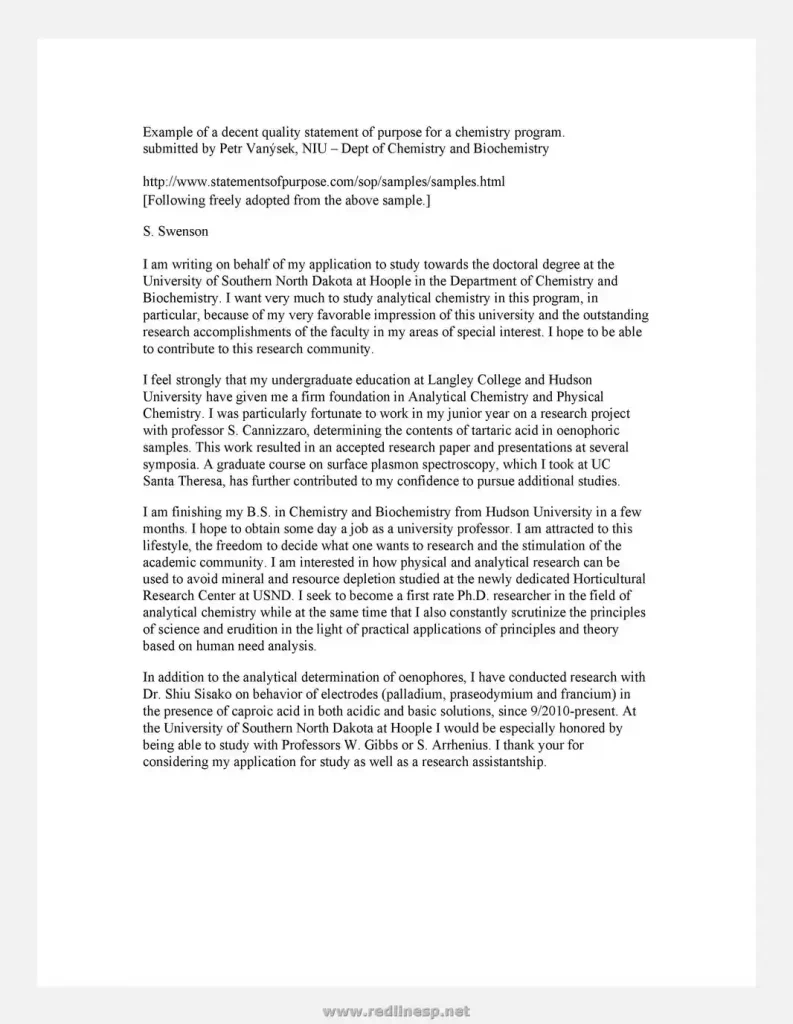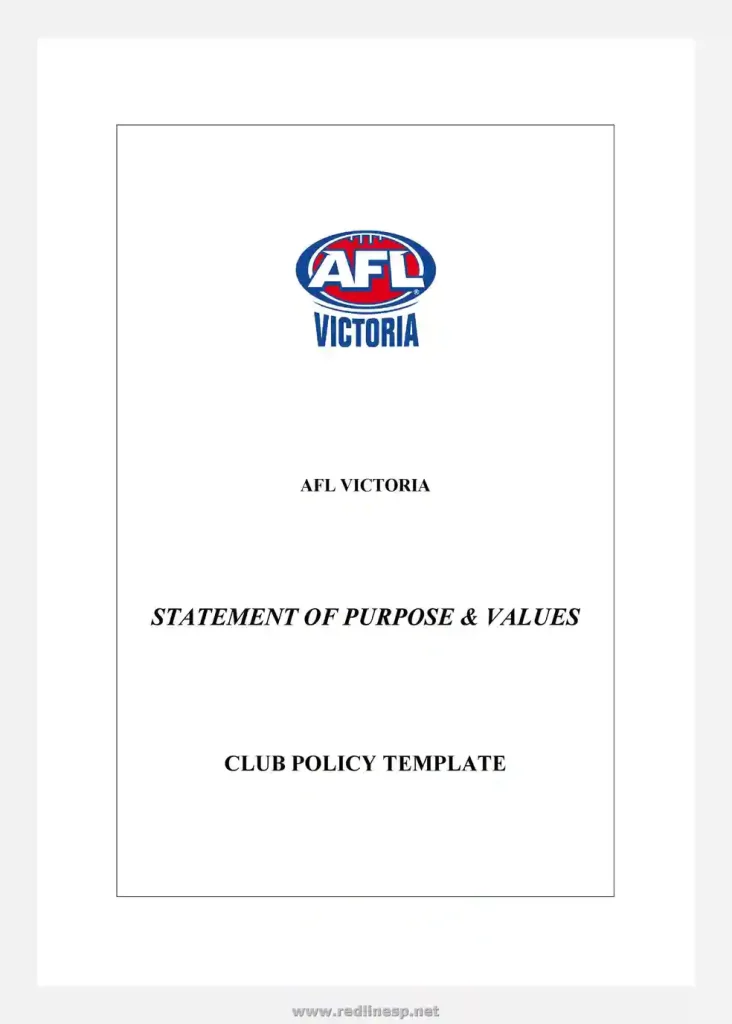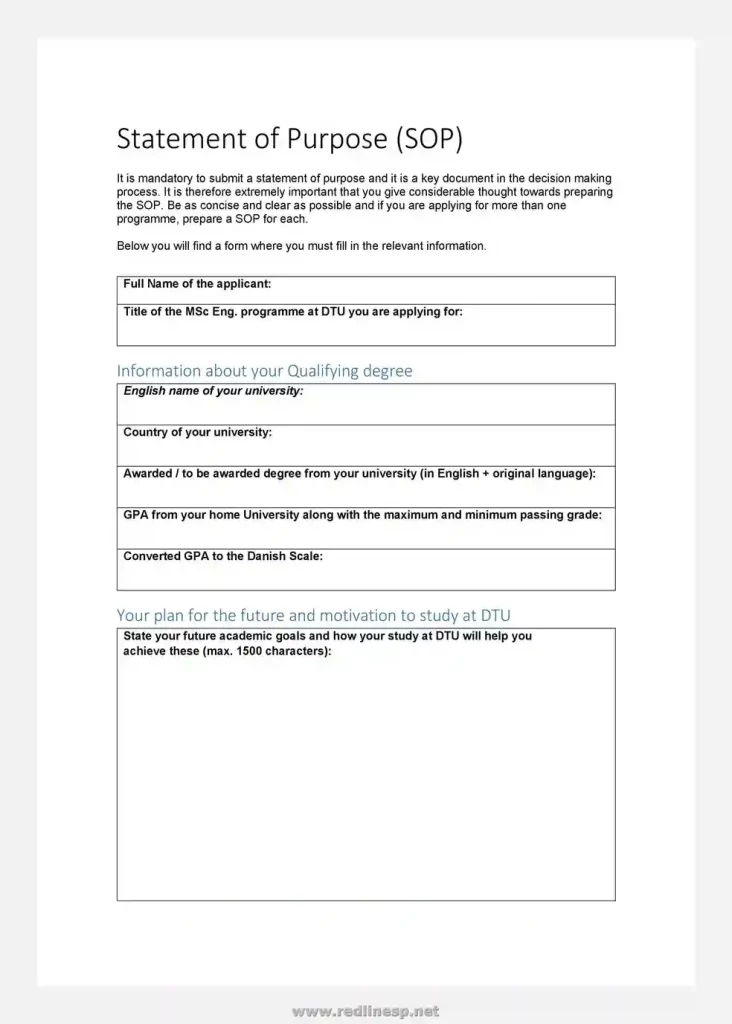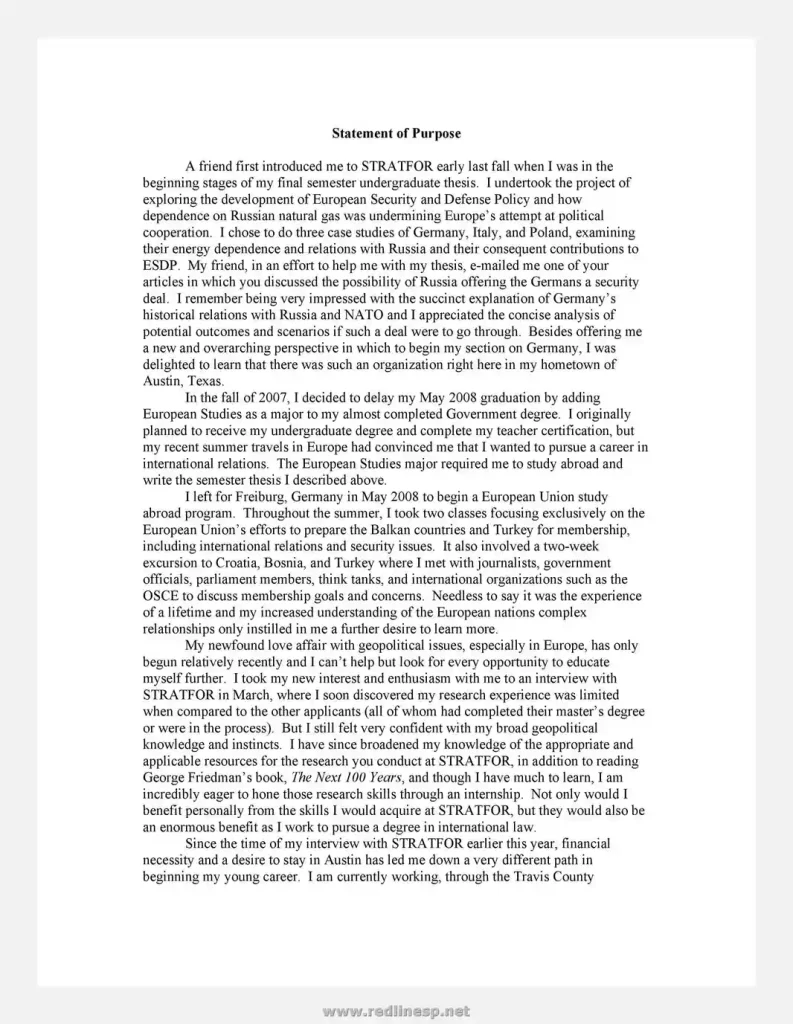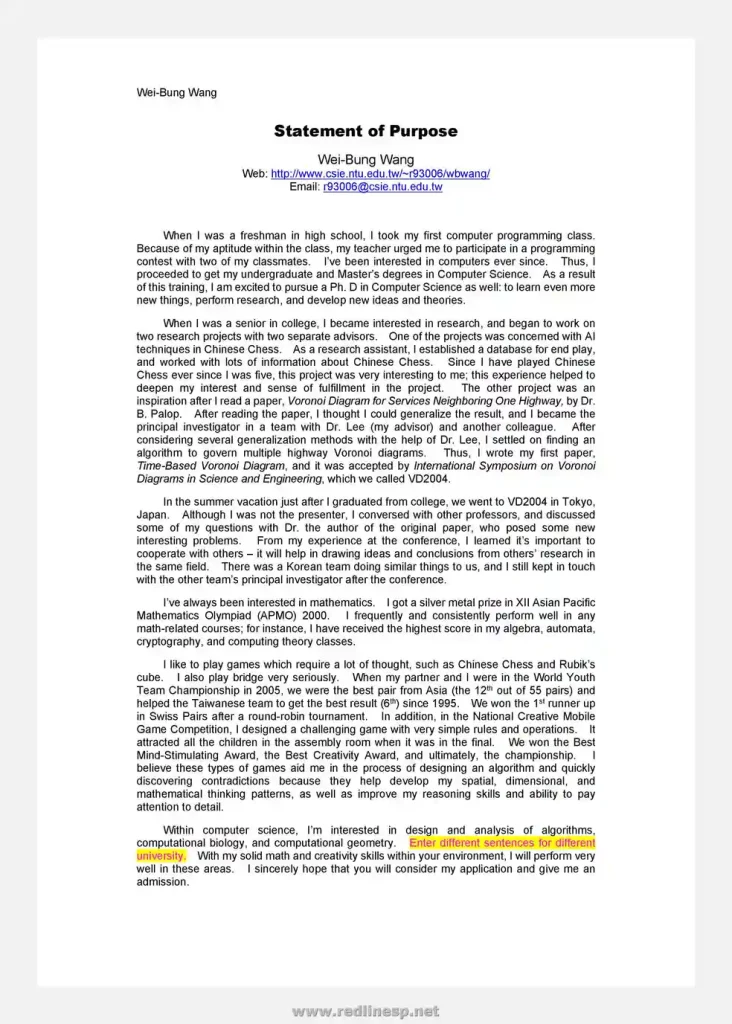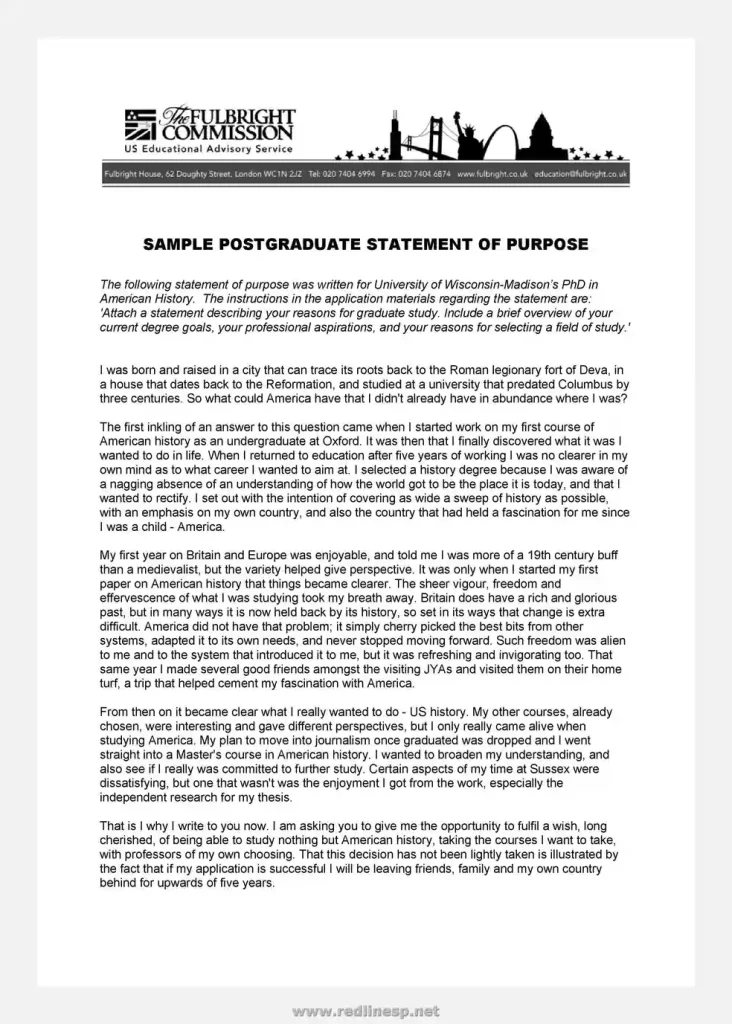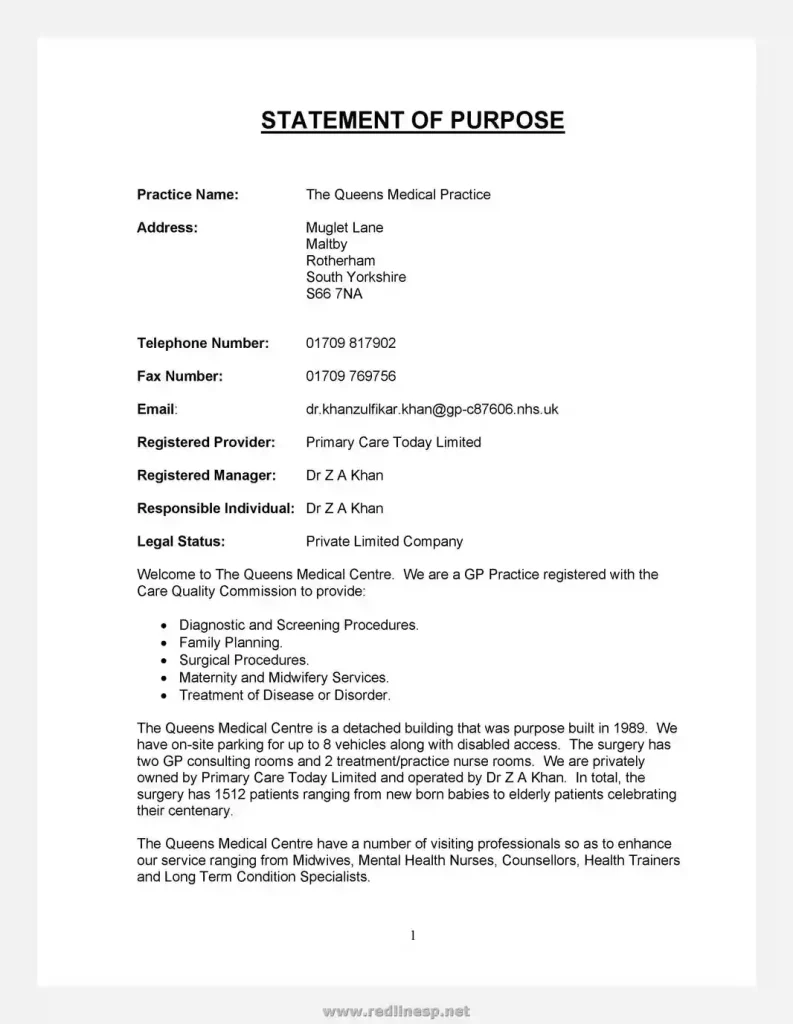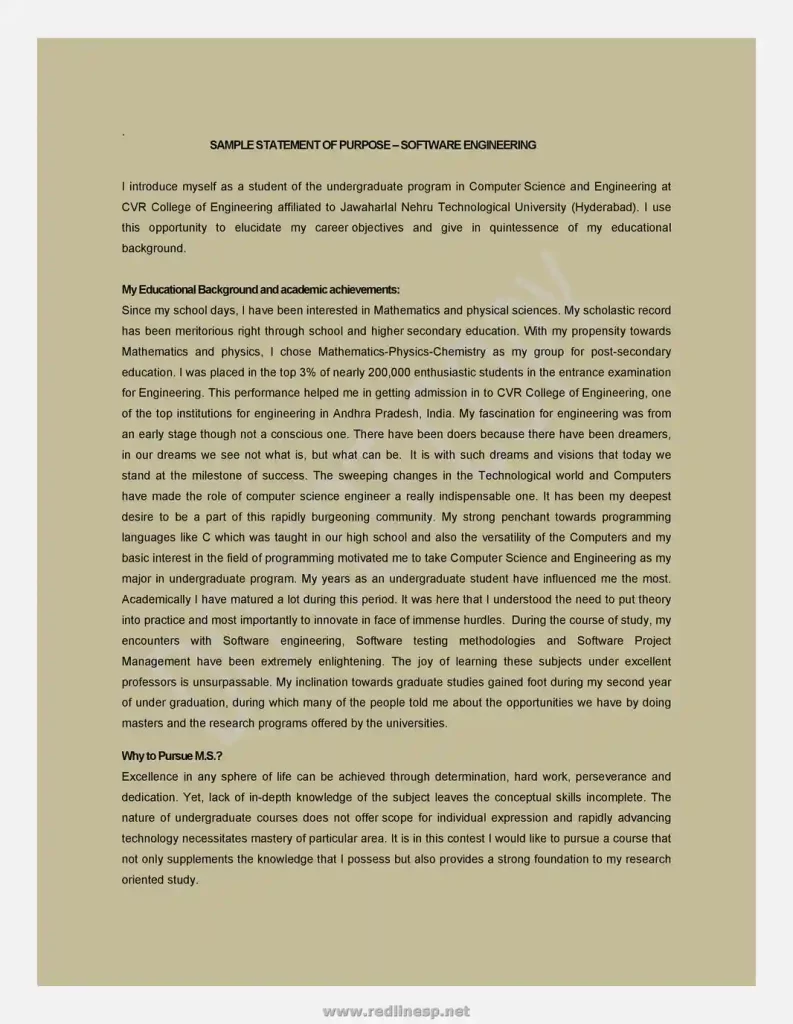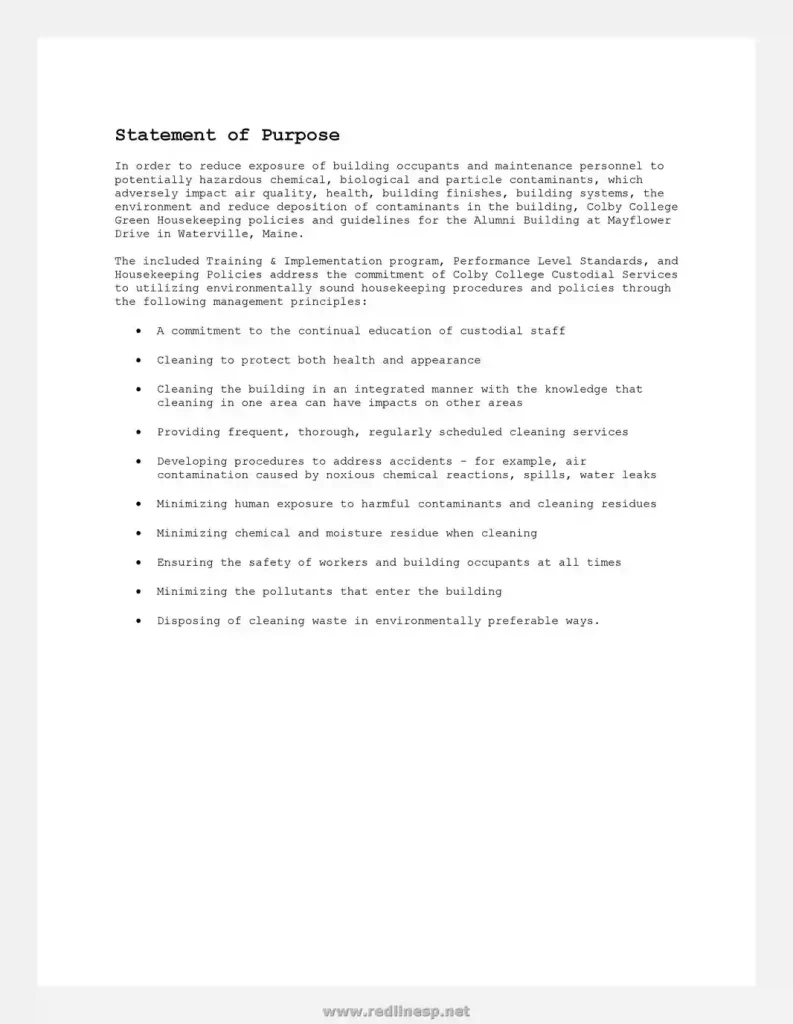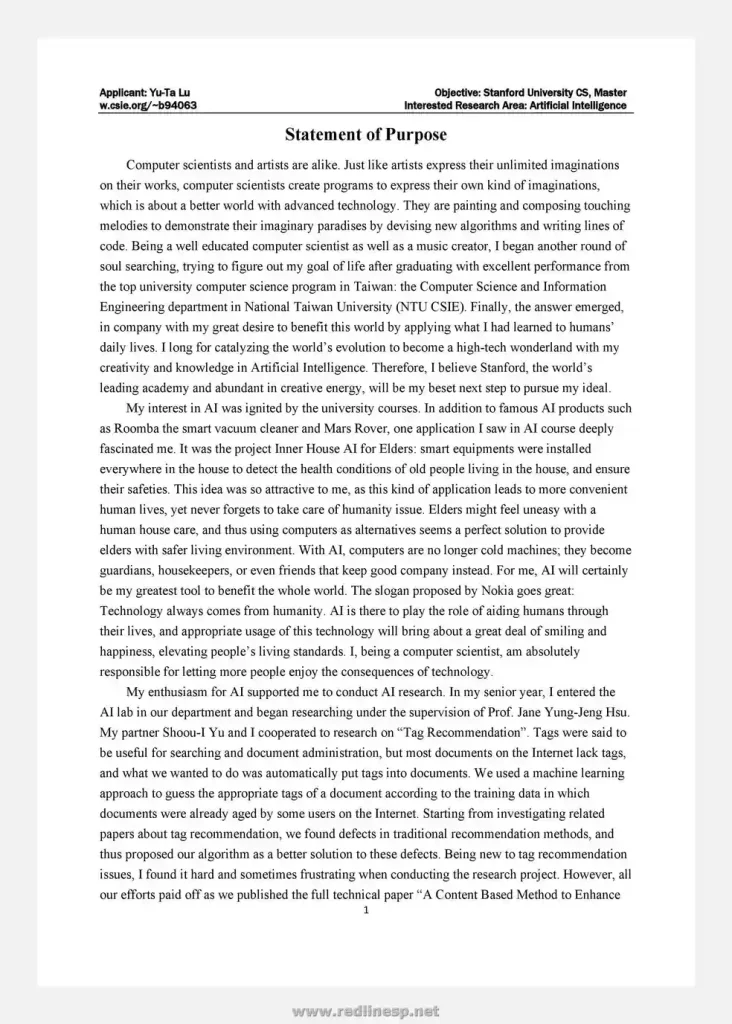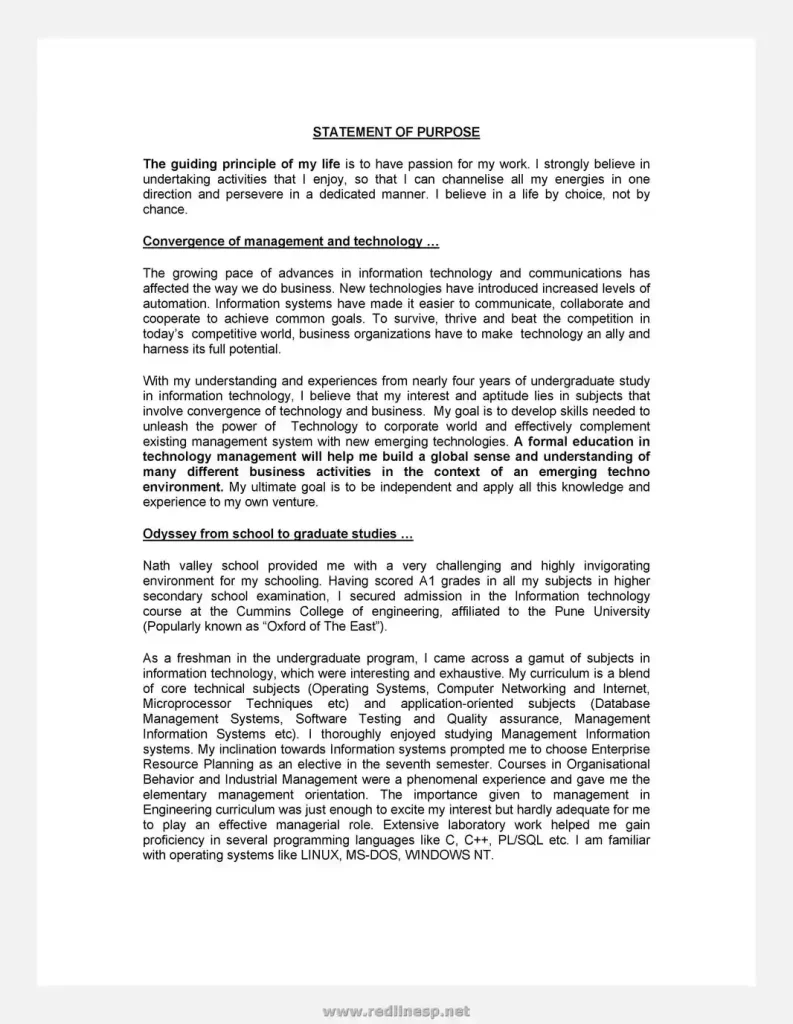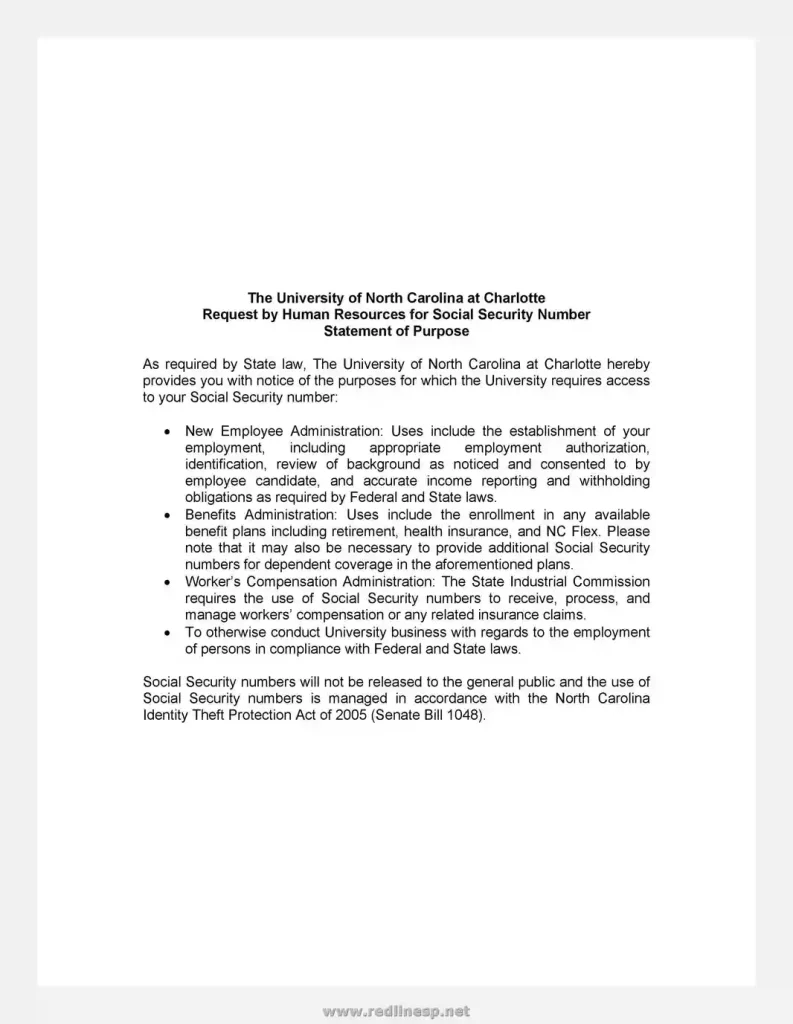A Statement of Purpose (SOP) is a document that explains your goals and ambitions. It is often required for college or job applications. Using a statement of purpose template word can make this process easier and more organized.
Statement of Purpose
How to Write a Statement of Purpose
Here’s a simple guide to help you write an effective SOP:
Step 1: Understand the Purpose
A Statement of Purpose is a document where you explain:
- Who You Are: Share your background and experiences.
- Your Goals: Explain what you want to achieve.
- Why You Are Applying: State why you want to join the program or job.
Step 2: Plan Your SOP
Before you start writing, plan what you want to include:
- Make an Outline: List the main points you want to cover.
- Gather Information: Collect details about your education, work experience, and goals.
Step 3: Write the Introduction
Start with a strong introduction:
- Introduce Yourself: Briefly mention who you are.
- State Your Purpose: Explain why you are writing the SOP.
Step 4: Write the Body
In the body, provide details about your background and goals:
- Academic Background: Talk about your education and what you have studied.
- Work Experience: Mention any jobs or internships you have done.
- Skills and Achievements: Highlight any skills or awards you have received.
- Future Goals: Explain what you want to achieve in the future.
Step 5: Write the Conclusion
End with a firm conclusion:
- Summarize Key Points: Recap the main points you have mentioned.
- Express Enthusiasm: Show your excitement about the opportunity.
Step 6: Review and Edit
Make sure your SOP is clear and error-free:
- Check for Mistakes: Look for spelling and grammar errors.
- Get Feedback: Ask someone else to read your SOP and give feedback.
- Make Revisions: Edit your SOP to make it as strong as possible.
Following these steps, you can write a clear and effective Statement of Purpose to help you stand out in your applications.
Statement of Purpose Template
Tips for Writing a Strong Statement of Purpose
Here are some tips for writing a strong SOP:
Be Clear and Simple
- Use short sentences.
- Avoid using big words.
- Explain your points clearly.
Talk About Your Achievements
- Share what you have done well in school or work.
- Include awards or special projects.
- Explain how these achievements show your strengths.
Tailor Your SOP to the Audience
- Think about who will read your SOP.
- Write about what they want to know.
- Show why you are a good fit for the program or job.
Stay Focused
- Stick to the main points.
- Avoid adding too much extra information.
- Make sure each part of your SOP has a clear purpose.
Use Examples
- Give specific examples of your experiences.
- This makes your SOP more exciting and believable.
- It helps the reader understand you better.
Be Honest
- Tell the truth about your experiences and goals.
- Do not exaggerate or lie.
- Honesty shows that you are trustworthy.
Show Enthusiasm
- Let your excitement for the program or job show.
- Explain why you are passionate about this field.
- Enthusiasm can make your SOP more engaging.
Statement of Purpose Template Word
Why Use a Statement of Purpose
Here’s why you should use one:
- Shows Your Goals
A Statement of Purpose helps you tell people what you want to do. You can explain:
- Your Future Plans: What you hope to achieve in your career.
- Why You Want This Program or Job: How it will help you reach your goals.
Example: “I want to become a doctor because I love helping people. This medical school will give me the skills to help others.”
- Highlights Your Experience
An SOP lets you talk about your past work and studies. You can include:
- Education: Schools you went to and what you studied.
- Work Experience: What are your jobs, and what did you do there?
- Skills: Things you are good at that relate to the job or program.
Example: “I have a degree in biology and worked in a lab for two years. I have learned a lot about research and want to learn more.”
- Shows Why You Are a Good Fit
In an SOP, you can explain why you are a good match for the program or job. You can write about:
- Your Strengths: What makes you a good candidate?
- What You Can Offer: How to contribute to the program or company.
Example: “My background in computer science and my passion for coding make me a great fit for your software engineering program.”
- Makes Your Application Stand Out
A well-written SOP can make your application unique. It helps people remember you. Here’s how:
- Unique Story: Share your unique experiences and goals.
- Clear Writing: Make your SOP easy to read and understand.
Example: “Growing up, I loved solving puzzles. This led me to study engineering. I am excited to bring my problem-solving skills to your team.”
- Helps You Reflect
Writing an SOP helps you think about your own goals and experiences. It gives you a chance to:
- Look Back: See what you have done so far.
- Plan Ahead: Think about what you want to do next.
Example: “Writing my SOP made me realize how much I have learned from my past jobs and how excited I am about my future career.”
Benefits of Using Statement of Purpose Template Word
Using a Statement of Purpose template has many benefits:
- Ease of use: Templates are easy to fill in with your information.
- Time-saving: Templates save you time because the format is already set.
- Professional appearance: A template helps your SOP look neat and professional.
Customizing Statement of Purpose Template Word
To customize your template:
- Change the text: Replace the placeholder text with your information.
- Formatting tips: Use consistent fonts and sizes.
- Adding personal touches: Include specific details about your experiences and goals.
Statement of Purpose Sample
Typical Sections in a Statement of Purpose
A good SOP has several key sections:
- Introduction: Explain who you are and why you are writing the SOP.
- Academic Background: Describe your education and any relevant courses or projects.
- Professional Experience: Mention any jobs or internships related to your field.
- Goals and Objectives: State your short-term and long-term goals.
- Conclusion: Summarize your main points and express your enthusiasm.
Statement of Purpose Example
Using SOP Templates for Different Applications
You can use Statement of Purpose (SOP) templates for many reasons. They are helpful for different types of applications. Here’s how you can use them:
Graduate School Applications
When applying to graduate school, focus on your studies and research interests. Talk about:
- Academic Background: What have you studied so far?
- Research Interests: What do you want to study and why?
- Future Goals: What do you hope to do with your degree?
Example: “I studied biology in college and researched plant cells. I want to continue this research in graduate school to help find new ways to grow crops.”
Job Applications
For job applications, highlight your skills and work experience. Explain:
- Work Experience: What are your jobs, and what have you learned?
- Skills: Things you are good at that will help in the job.
- Career Goals: What do you hope to achieve on the job?
Example: “I worked as a software developer for two years. I am skilled in coding and want to help your company create better software.”
Scholarships
When applying for scholarships, emphasize your achievements and plans. Share:
- Achievements: Awards you have won and things you have done well.
- Goals: What do you plan to do with the scholarship?
- Impact: How the scholarship will help you and others.
Example: “I received the science award at my school and plan to study chemistry in college. This scholarship will help me achieve my dream of becoming a scientist.”
Different Types of Statement of Purpose
Here are some specific types of SOPs you might need:
- Statement of Purpose for Masters
- Explain why you want to do a master’s degree.
- Talk about your academic and career goals.
- Statement of Purpose for University
- Describe why you want to attend the university.
- Highlight what makes the university a good fit for you.
- Statement of Purpose Format
- Use a clear structure: introduction, body, and conclusion.
- Keep it organized and easy to read.
- Statement of Purpose for Scholarship
- Focus on your achievements and how the scholarship will help.
- Explain your plans.
- Statement of Purpose for Masters Example
- “I want to pursue a master’s in education to become a teacher. My psychology degree and experience working with children prepare me for this program.”
- Statement of Purpose for Student Visa
- Explain why you want to study in a different country.
- Show that you have a plan for your studies and future.
- Statement of Purpose for MBA
- Talk about your business experience and goals.
- Explain why an MBA is necessary for your career.
- Statement of Purpose for Internship
- Describe what you hope to learn from the internship.
- Highlight any related skills or experience.
- Statement of Purpose for Masters PDF
- Save your SOP as a PDF to keep the format the same.
- Make sure it looks professional and neat.
- Statement of Purpose for PhD
- Focus on your research interests and experience.
- Explain why you want to do a PhD and your future research goals.
Ideal Length and Format of a Statement of Purpose
A good SOP is usually about one to two pages long. Follow these formatting guidelines:
How Long Should It Be?
A good Statement of Purpose is usually:
- One to Two Pages Long: This length is enough to cover all essential points without being too long or too short.
How to Format Your SOP
- Choose a Readable Font
- Times New Roman or Arial: These fonts are easy to read and look professional.
- Font Size 12: This size is perfect because it’s not too big or small.
- Set Proper Margins
- 1-Inch Margins on All Sides: This keeps your SOP neat and gives enough space around the text.
- Organize Your SOP Clearly
- Introduction: Start with who you are and why you wrote the SOP.
- Body: Explain your academic background, work experience, and goals.
- Conclusion: Summarize your main points and show your excitement about the opportunity.
Example of a Well-Formatted SOP
Introduction: “My name is Jane Doe, and I am excited to apply for the Master’s program in Biology at XYZ University. I have always been passionate about studying life sciences, and this program will help me achieve my dream of becoming a research scientist.”
Body: “I completed my Bachelor’s in Biology at ABC University, where I worked on several research projects. I also interned at a lab, where I learned valuable skills in data analysis and lab techniques. I aim to further my knowledge and contribute to important scientific discoveries.”
Conclusion: “I am confident that the Master’s program at XYZ University perfectly fits me. I am eager to bring my passion and skills to your program and work with esteemed faculty members. Thank you for considering my application.”
Common Mistakes to Avoid in a Statement of Purpose
Avoid these mistakes when writing your SOP:
Being Too Vague
- Do not be too general.
- Give specific details about your goals and experiences.
- This helps the reader understand you better.
Including Irrelevant Information
- Stick to what is essential for the application.
- Do not include stories or facts that do not relate to your goals.
- Keep your SOP focused and on point.
Poor Grammar and Spelling
- Check your SOP for spelling mistakes.
- Make sure your grammar is correct.
- A well-written SOP shows that you are careful and professional.
Not Following Instructions
- Follow any guidelines given by the application.
- Pay attention to word limits and formatting rules.
- Follow instructions to ensure your chances are high.
Being Too Formal or Too Casual
- Use a professional but friendly tone.
- Do not be too stiff or too chatty.
- Aim for a balance that shows respect and warmth.
Repeating Information
- Avoid saying the same thing in different ways.
- Each part of your SOP should add new information.
- Repetition can make your SOP boring.
Ignoring the Audience
- Remember who will read your SOP.
- Write with them in mind.
- Show why you are a good match for their program or job.
How to Avoid These Mistakes
- Read your SOP several times.
- Ask someone else to read it and give feedback.
- Use tools like spell check and grammar check.
- Ensure every part of your SOP has a clear purpose and adds value.
Statement of Purpose vs. Personal Statement
Here’s a simple guide to help you know each and how to write them.
What is a Statement of Purpose (SOP)?
A Statement of Purpose is a document where you explain:
- Your Goals
- What you want to achieve.
- Your plans.
- Why You Are Applying
- Why do you want to join the program or job?
- How will it help you reach your goals?
- Your Qualifications
- Your education.
- Your work experience.
- Any skills that are relevant to the program or job.
- Fit for the Program or Job
- Why you are a good match.
- What you can contribute.
Example: “I want to study computer science to become a software engineer. I have completed courses in programming and have worked on several projects. This program will help me gain the skills to reach my goal.”
What is a Personal Statement?
A Personal Statement is more about your journey. It includes:
- Your Story
- Significant events in your life.
- Challenges you have faced.
- Your Personality
- What makes you unique?
- Your values and beliefs.
- Your Motivation
- Why are you passionate about the field?
- What inspired you to apply?
- Your Achievements
- Accomplishments that are meaningful to you.
- How they shaped you.
Example: “When I was ten, I built my first computer. This experience sparked my love for technology. Despite facing financial challenges, I taught myself programming and created apps to help my community.”
Key Differences
- Focus
- SOP: Focuses on your academic and career goals.
- Personal Statement: Focuses on your personal story and character.
- Content
- SOP: More about your professional background and plans.
- Personal Statement: More about your personal experiences and qualities.
- Tone
- SOP: Professional and objective.
- Personal Statement: Personal and reflective.
Example Comparison
Statement of Purpose: “I am applying for the Master’s program in Computer Science to develop advanced skills in AI. My background in programming and my internship at TechCorp have prepared me well. This program aligns with my goal of becoming an AI specialist.”
Personal Statement: “As a child, I was fascinated by computers. Despite growing up in a low-income neighborhood, I pursued my passion for technology. My experiences taught me resilience and sparked my desire to create technology that makes a difference.”
Using a Statement of Purpose template in Word can help you create a clear and professional SOP. Customize the template, focus on your achievements, and avoid common mistakes. Good luck with your applications!
